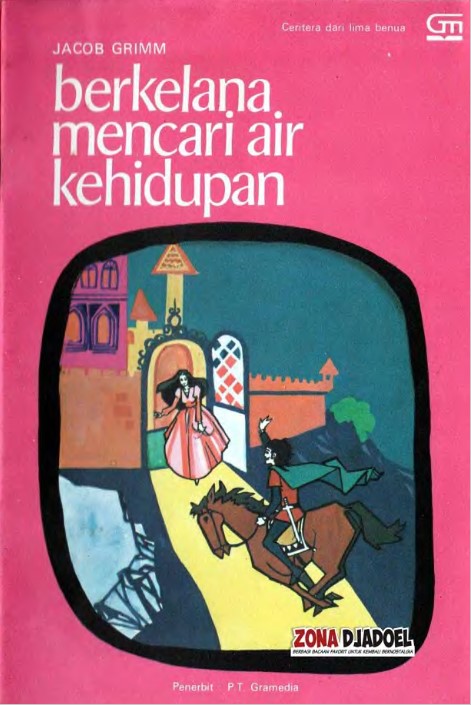
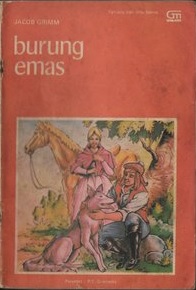
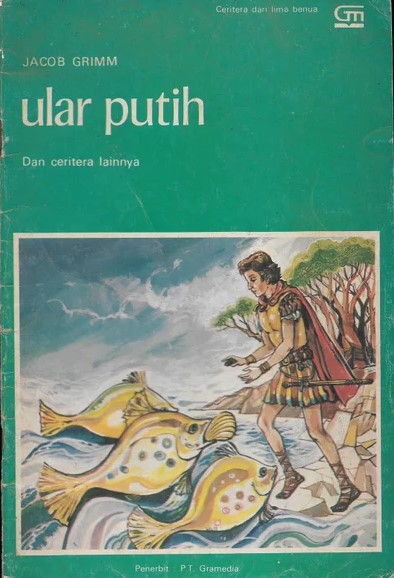
Books in series

Berkelana Mencari Air kehidupan
1974

Burung Emas
1974

Ular Putih
1974
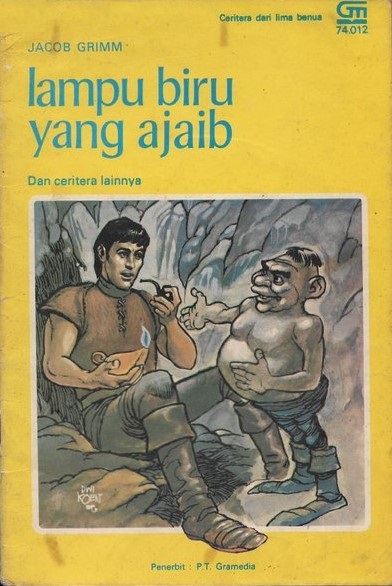
Lampu Biru yang Ajaib
1974
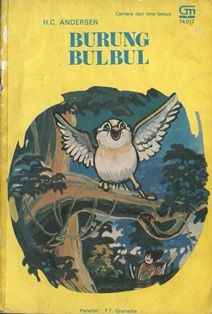
Burung Bulbul
1974
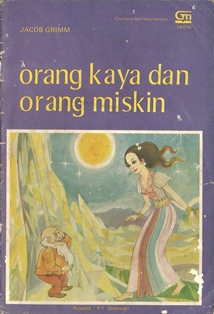
Orang Kaya dan Orang Miskin
1974
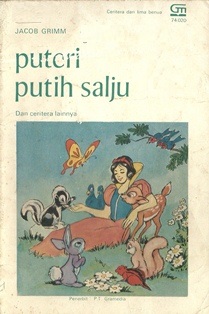
Puteri Putih Salju
1974
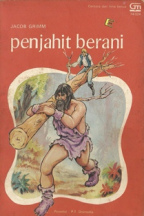
Penjahit Berani
1974
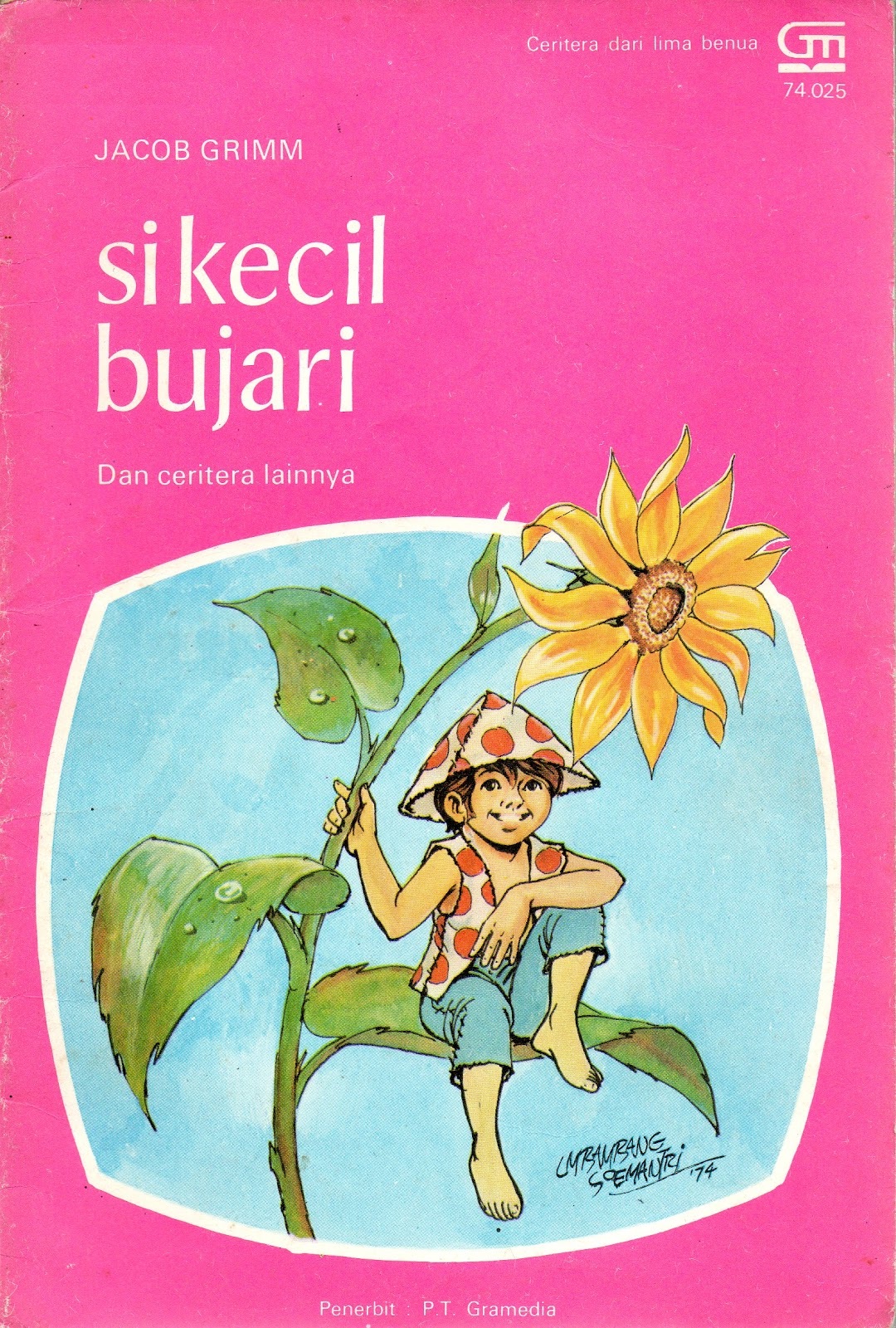
Si Kecil Bujari
1974
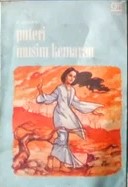
Puteri Musim Kemarau
1974
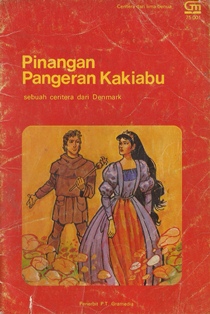
Pinangan Pangeran Kakiabu
1975

Peri Hutan
1975
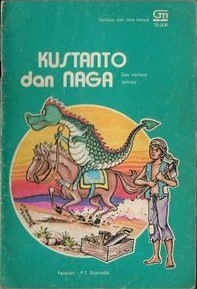
Kustanto dan Naga
1975
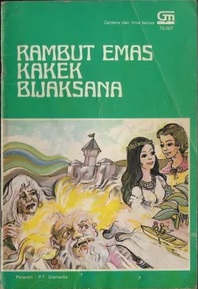
Rambut Emas Kakek Bijaksana
1975

Dedi dan Malaikat
1975
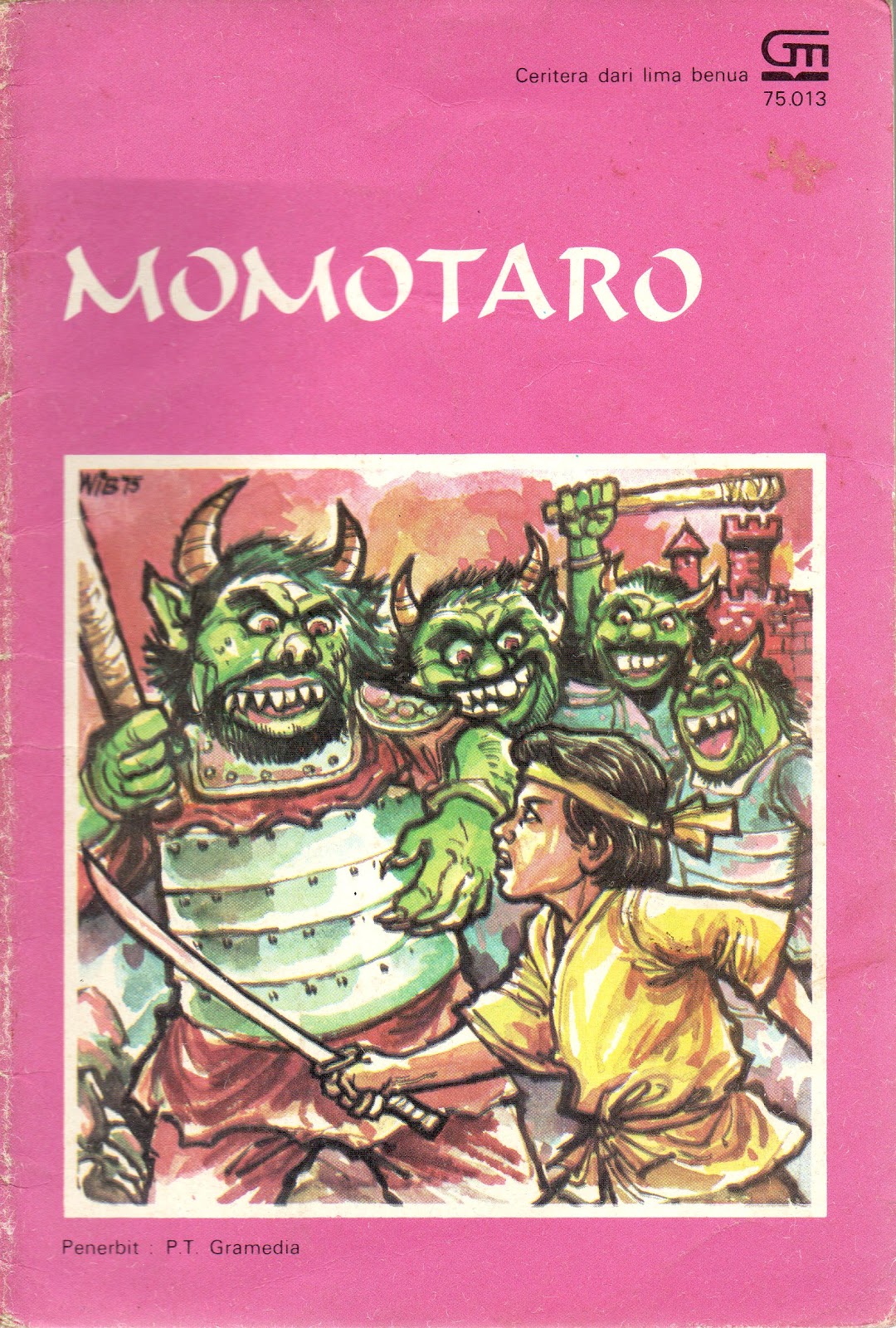
Momotaro
1975
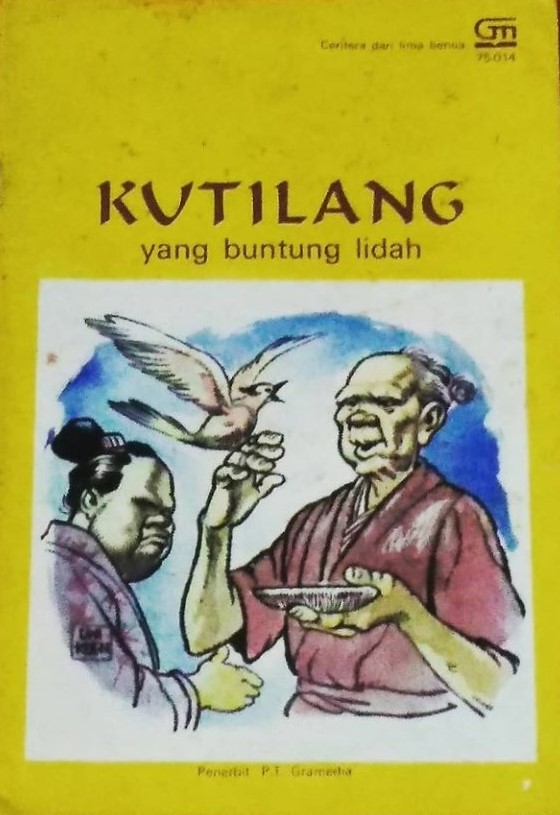
Kutilang yang Buntung Lidah
1975

Bawang Putih dan Bawang Merah
1975
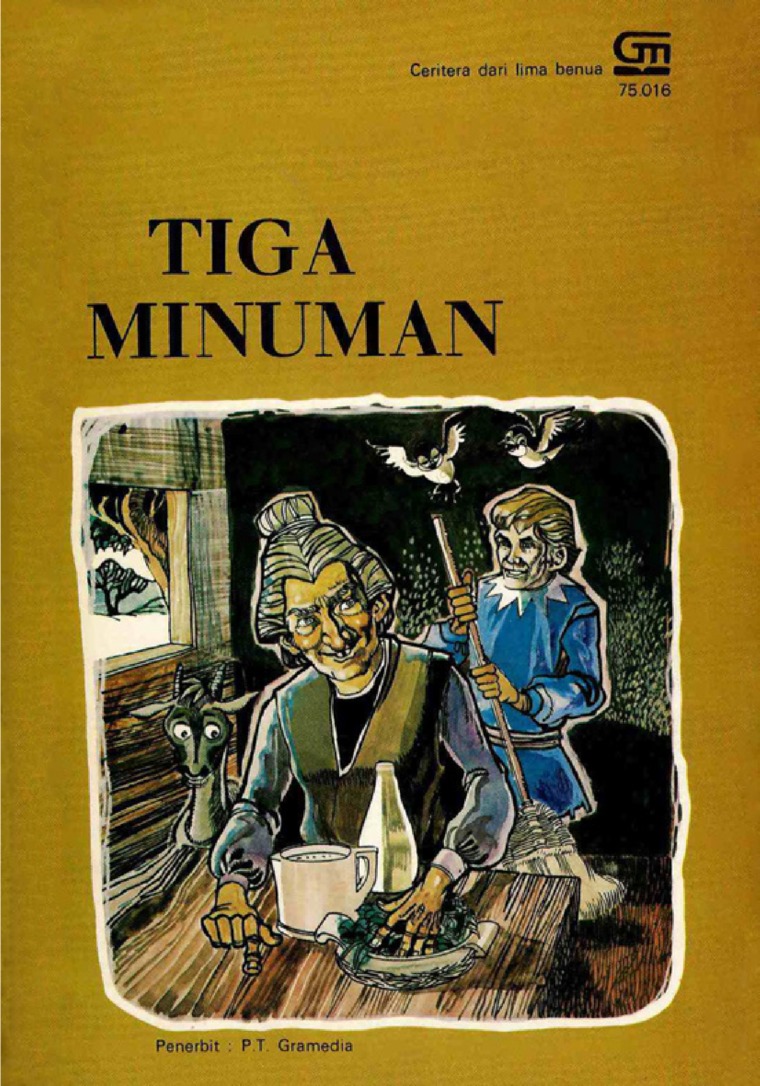
Tiga Minuman
1975
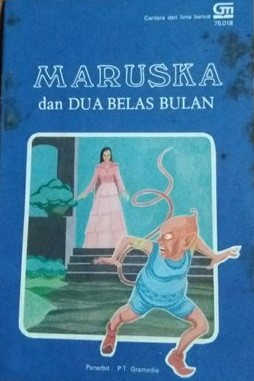
Maruska dan Dua Belas Bulan
1975
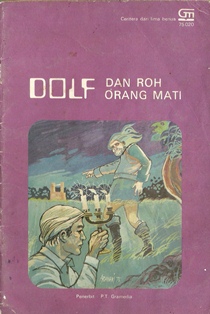
Dolf dan Roh Orang Mati
1975
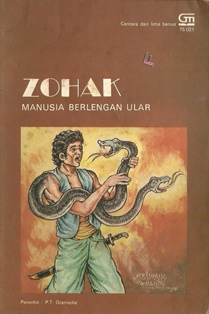
Zohak - Manusia Berlengan Ular
1975
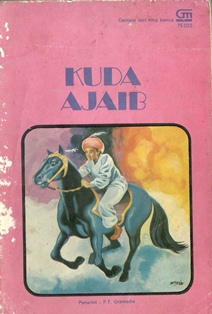
Kuda Ajaib
1975

Petualangan Odiseus
1975
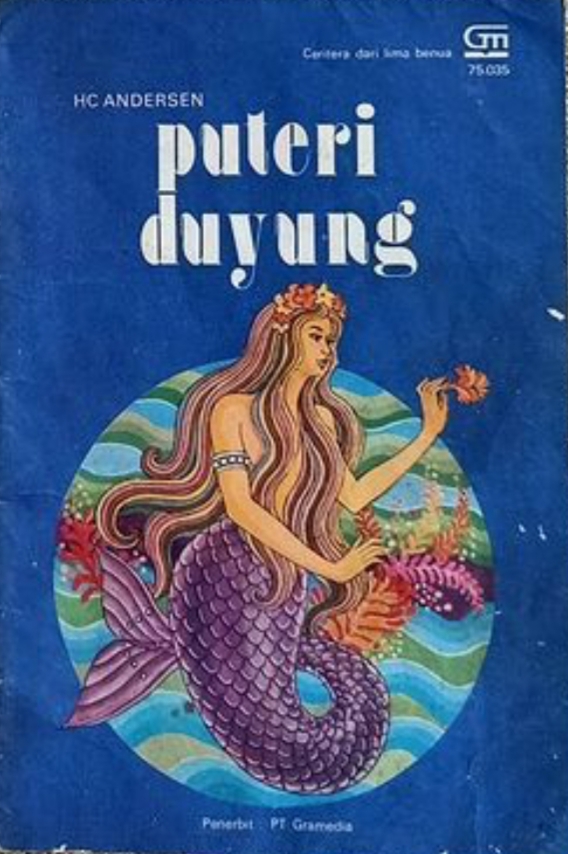
Puteri Duyung
1975
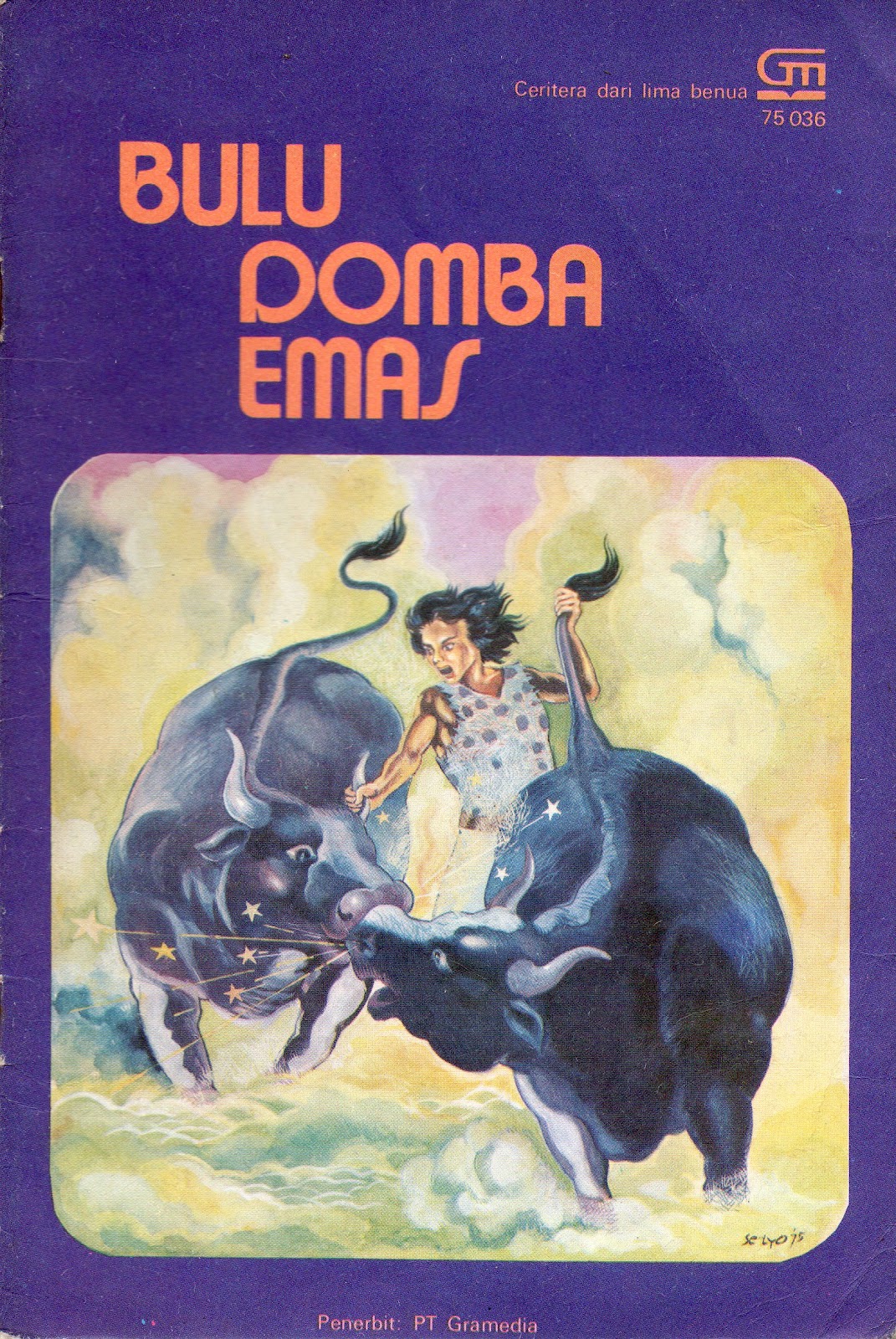
Bulu Domba Emas
1975
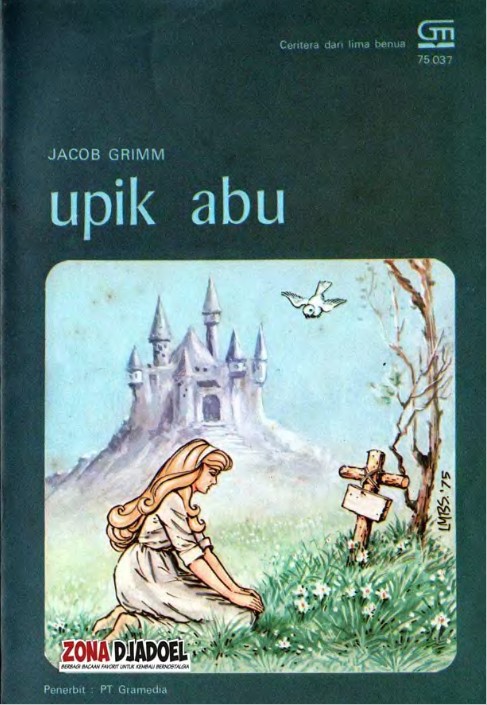
Upik Abu
1975
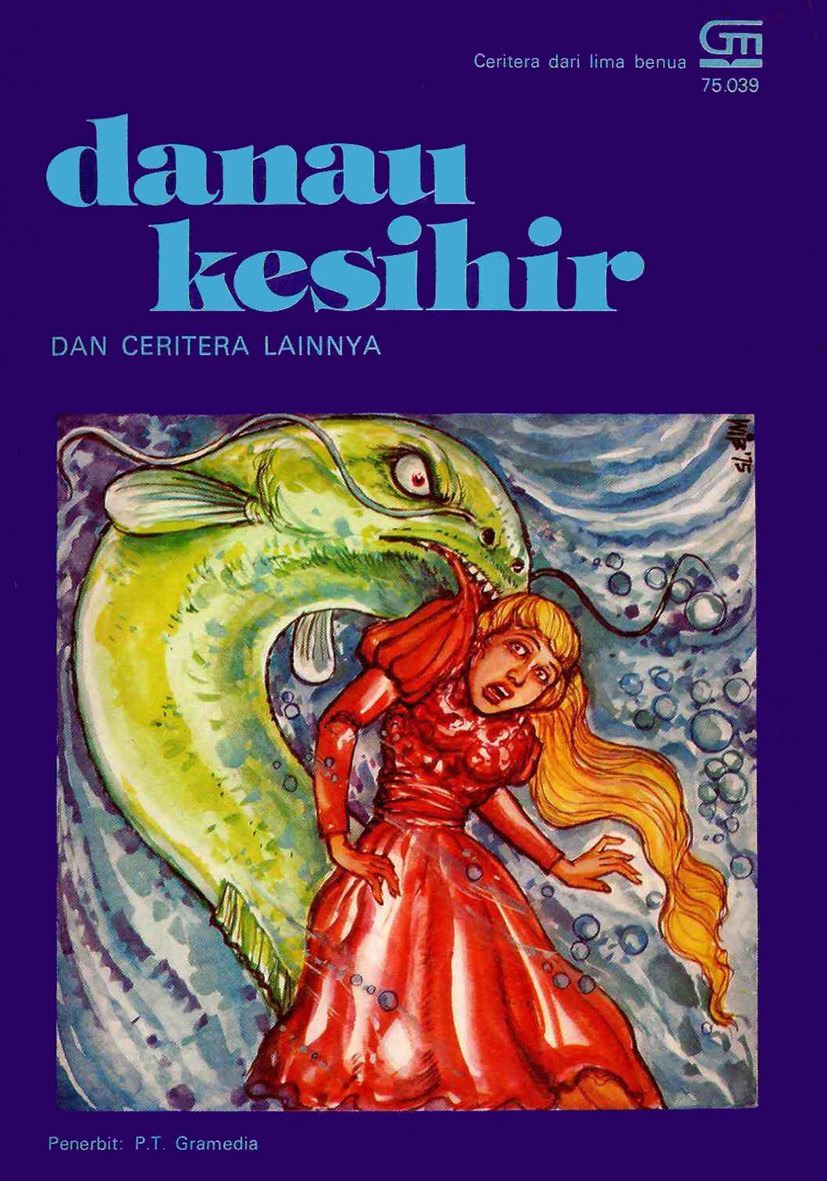
Danau Kesihir
1975
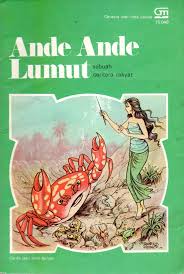
Ande Ande Lumut
1977
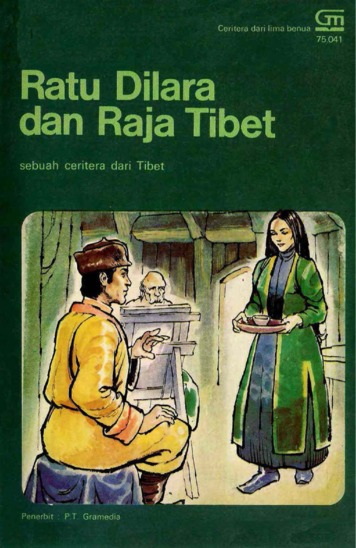
Ratu Dilara dan Raja Tibet
1975
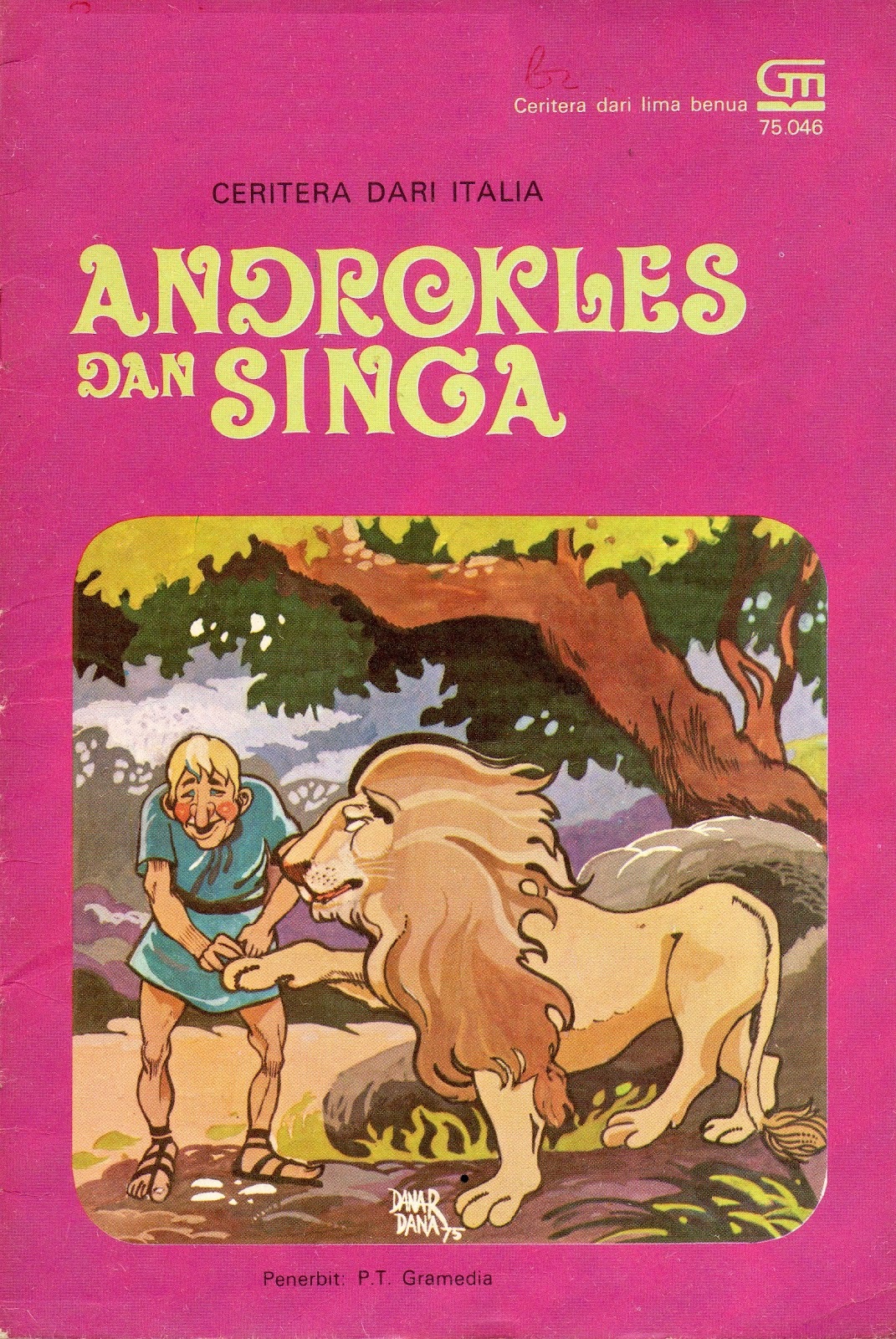
Androkles dan Singa
1975
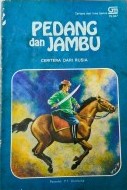
Pedang dan Jambu
1975
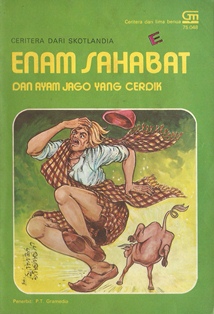
Enam Sahabat dan Ayam Jago yang Cerdik
1975
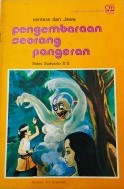
Pengembaraan Seorang Pangeran
1975
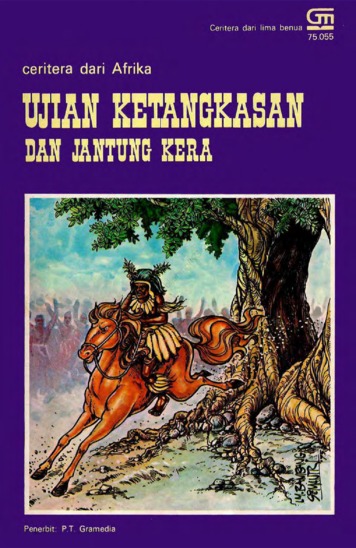
Ujian Ketangkasan dan Jantung Kera
1975
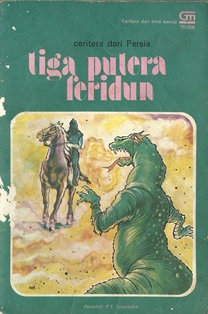
Tiga Putera Feridun
1975
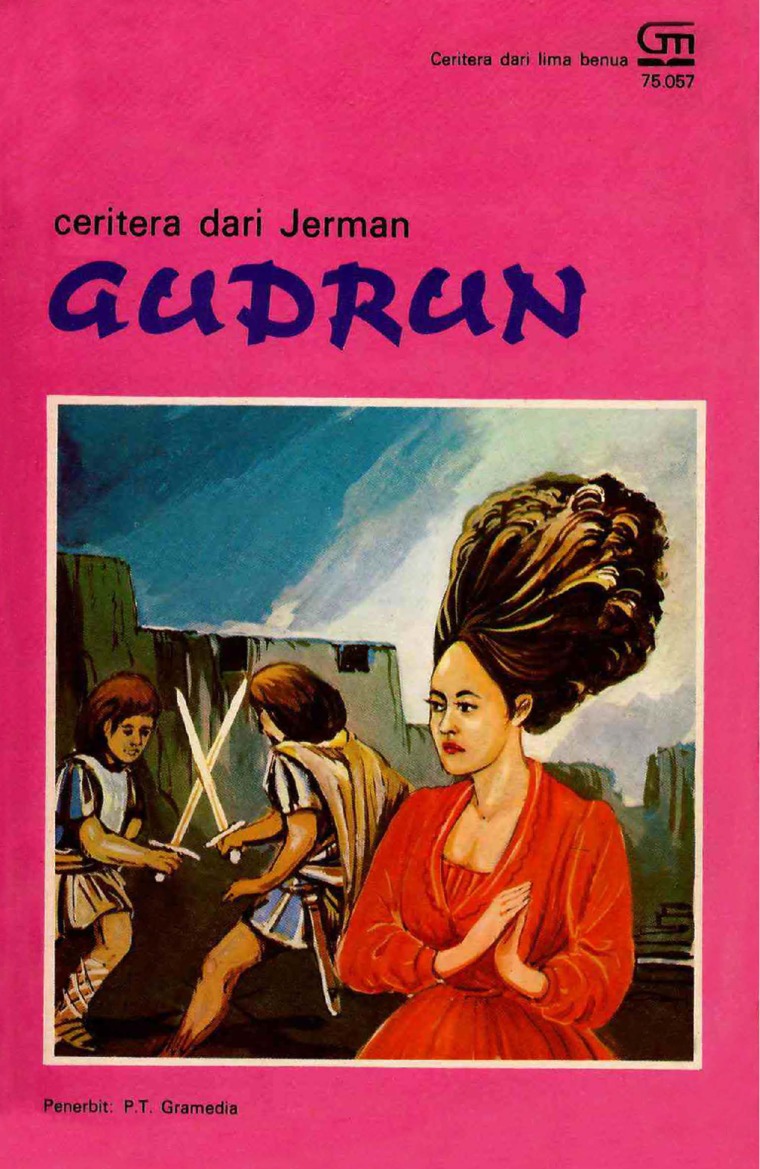
Gudrun
1975
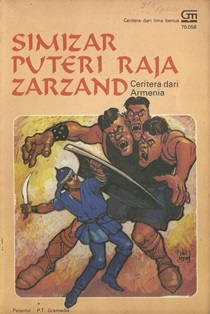
Simizar Puteri Raja Zarzand
1975
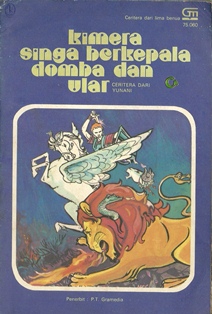
Kimera Singa Berkepala Domba dan Ular
1975
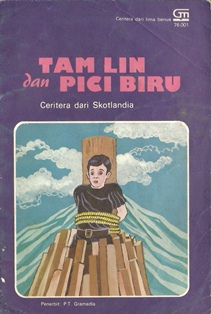
Tam Lin dan Pici Biru
1976
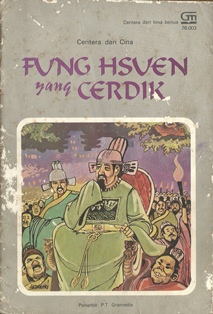
Fung Hsuen yang Cerdik
1976
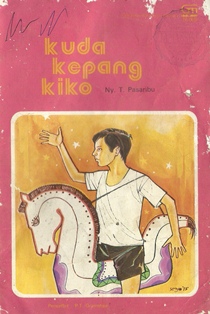
Kuda Kepang Kiko
1976
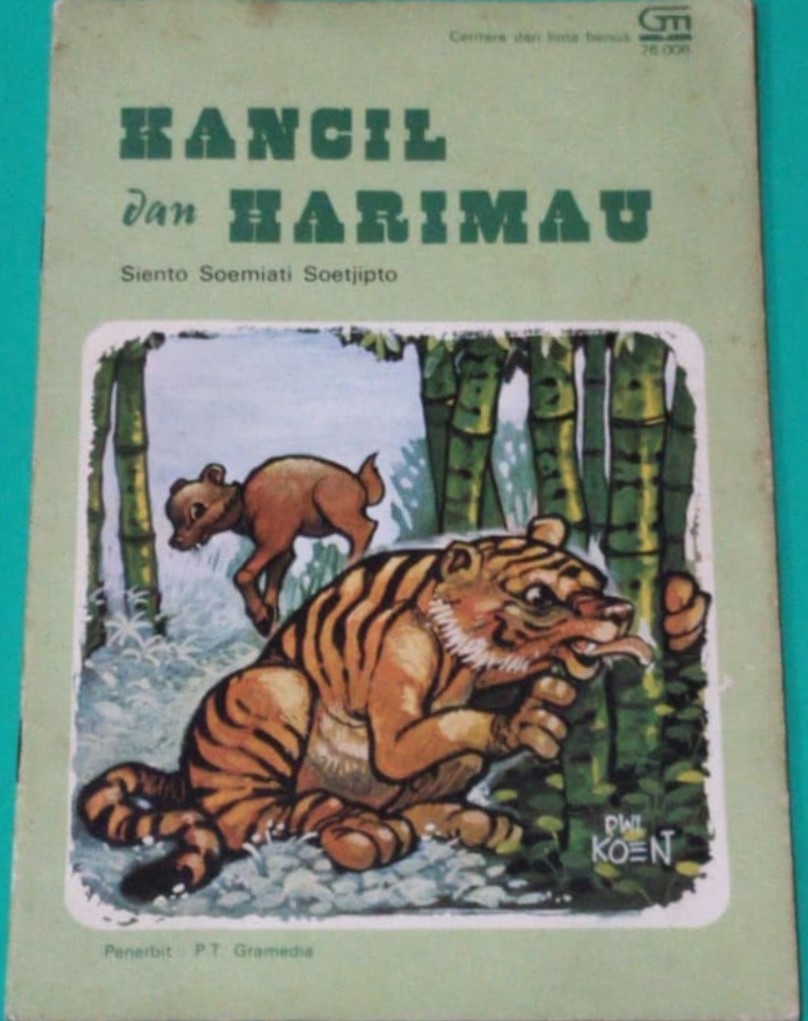
Kancil dan Harimau
1976
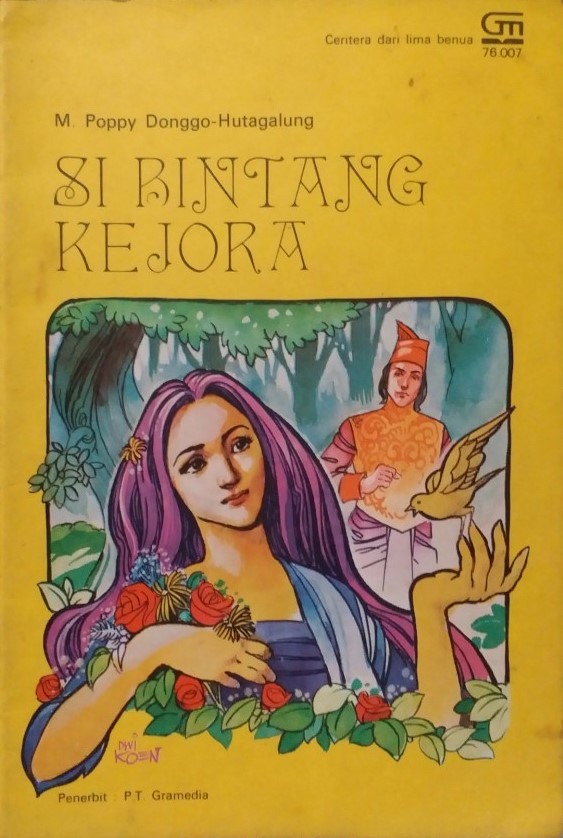
Si Bintang Kejora
1976
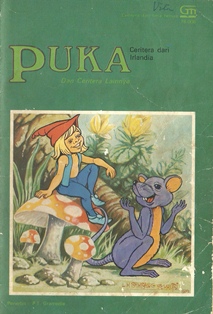
Puka
1976
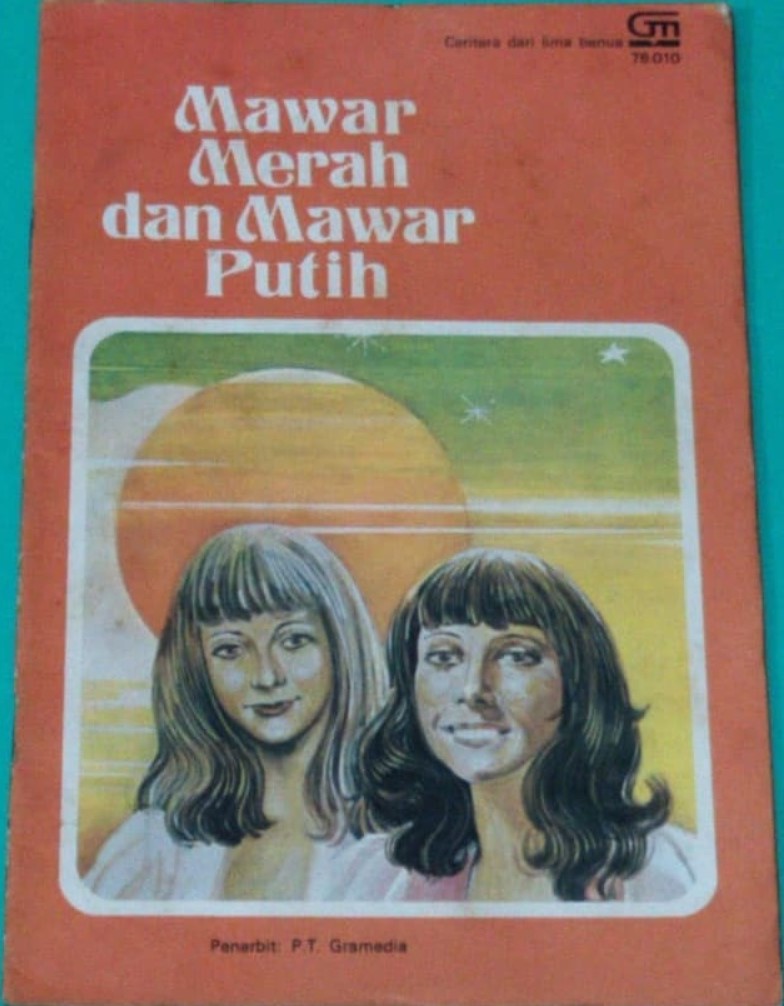
Mawar Merah dan Mawar Putih
1976
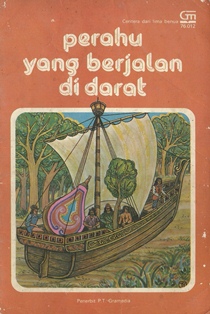
Perahu yang Berjalan di Darat
1976
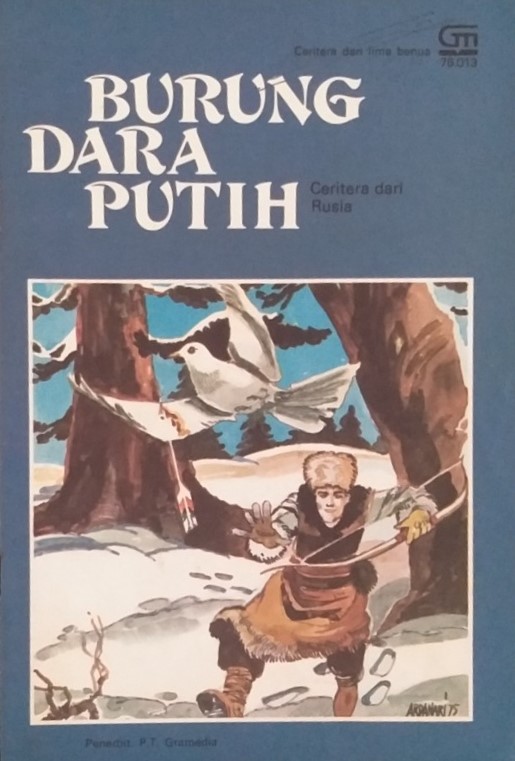
Burung Dara Putih
1976
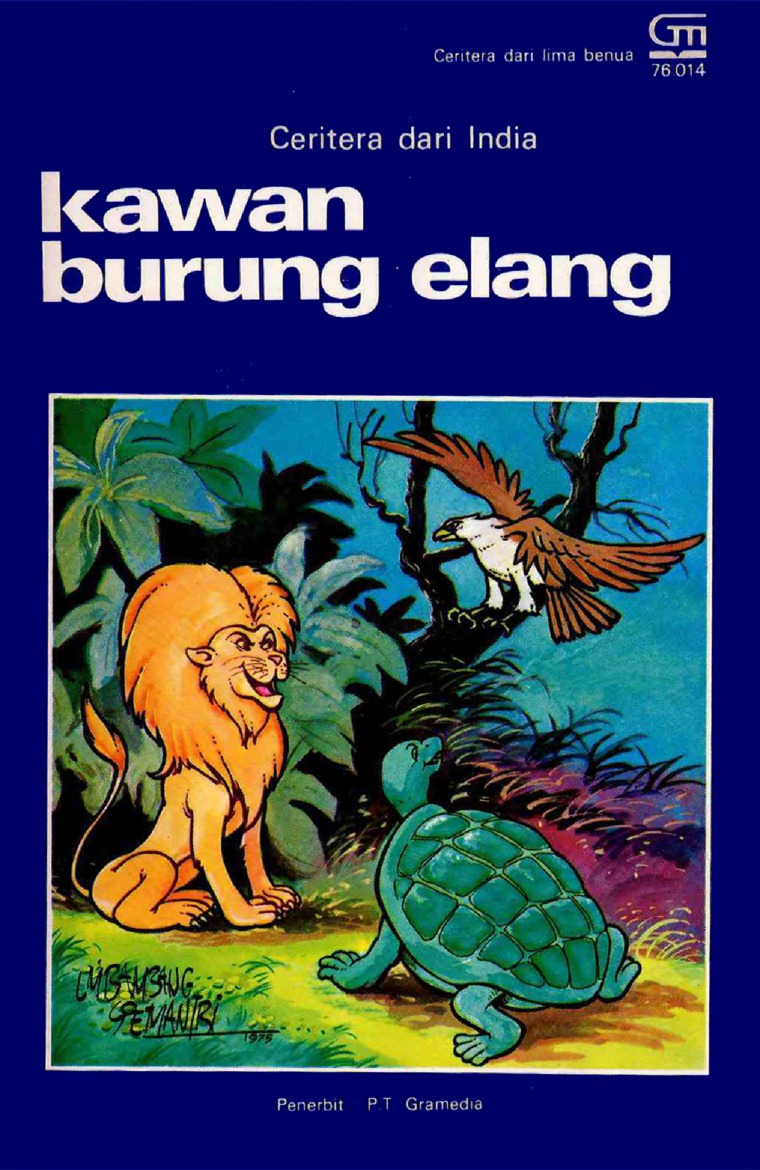
Kawan Burung Elang
1976
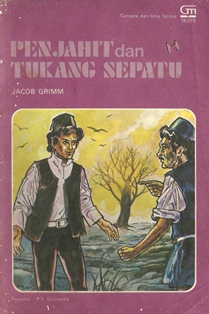
Penjahit dan Tukang Sepatu
1976
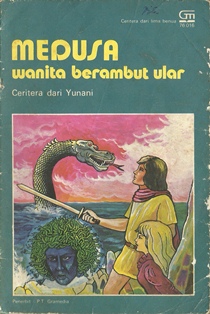
Medusa Wanita Berambut Ular
1976
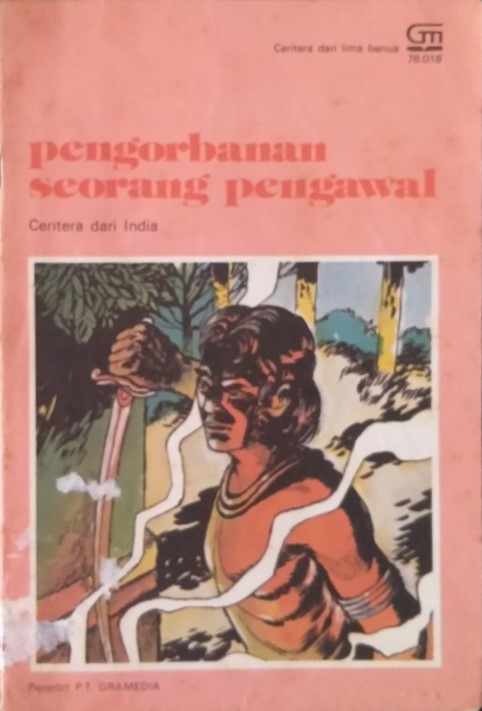
Pengorbanan Seorang Pengawal
1976
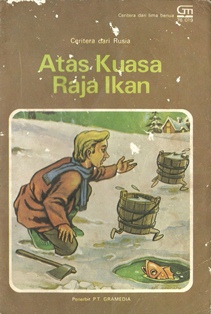
Atas Kuasa Raja Ikan
1976
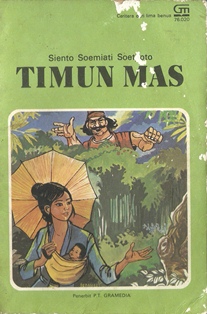
Timun Mas
1976
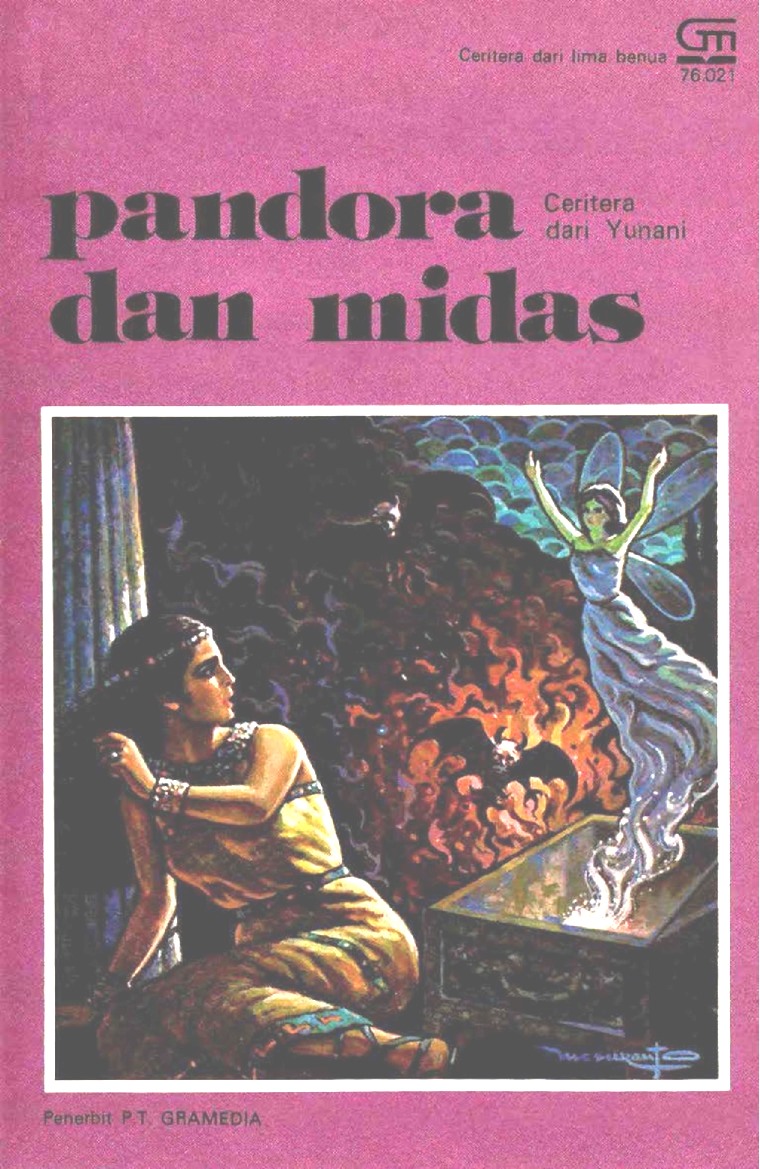
Pandora dan Midas
1976
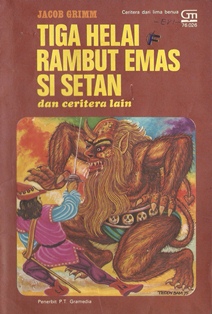
Tiga Helai Rambut Emas si Setan
1976
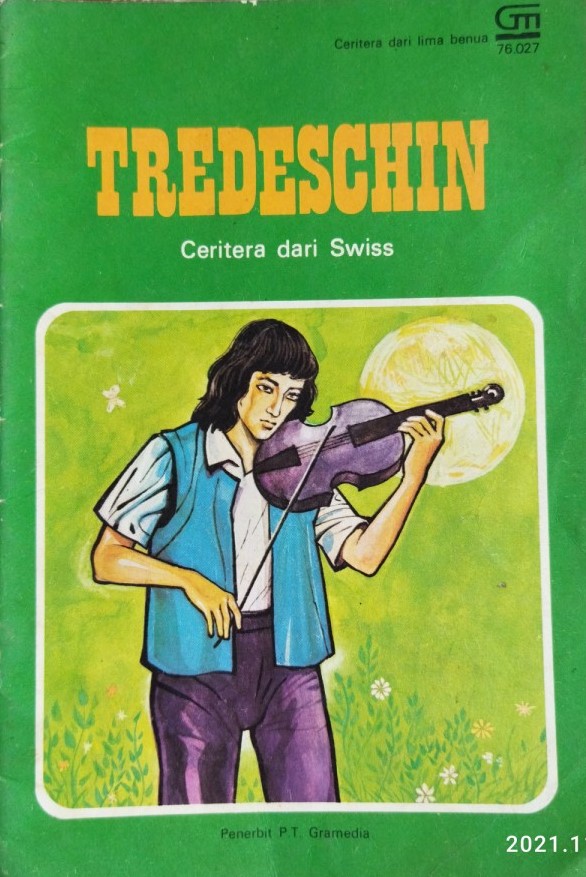
Tredeschin
1976
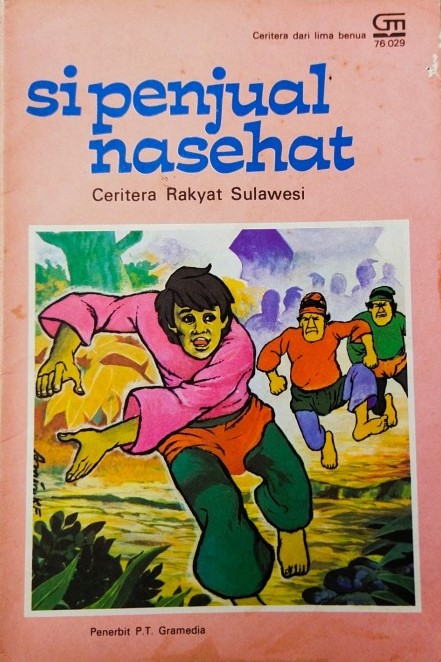
Si Penjual Nasehat
1976
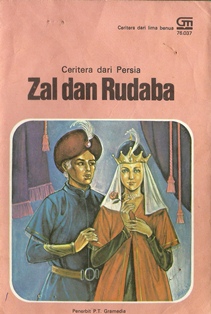
Zal dan Rudaba
1976
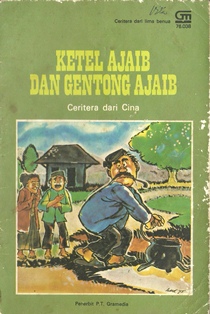
Ketel Ajaib dan Gentong Ajaib
1976
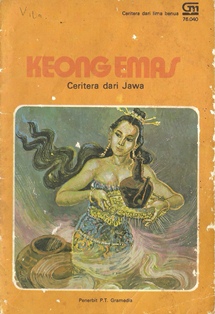
Keong Emas
1976
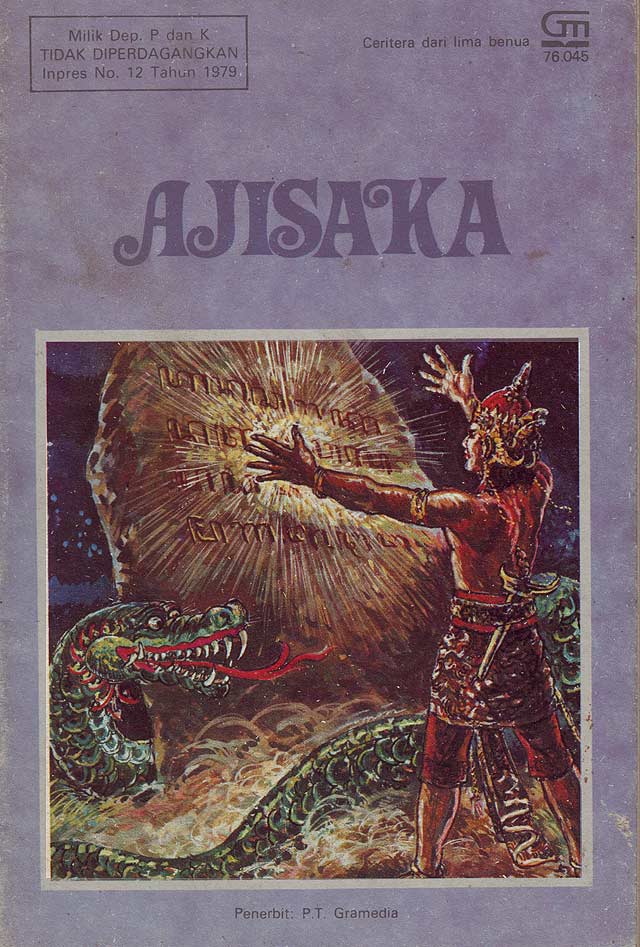
Ajisaka
1976
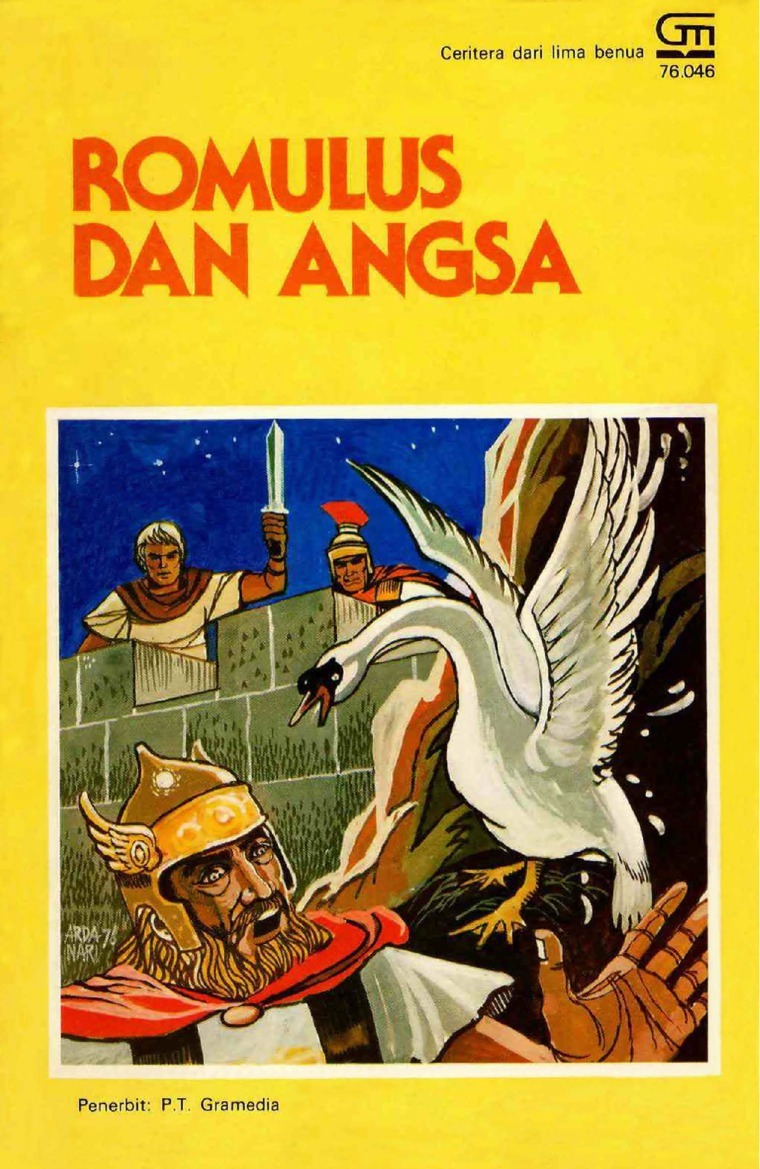
Romulus dan Angsa
1976
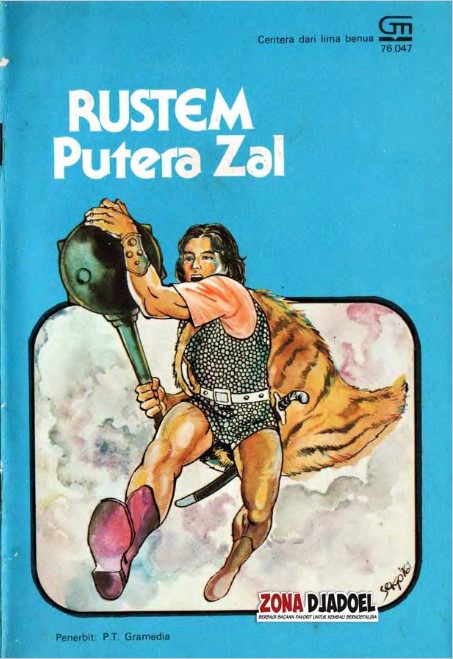
Rustem Putra Zal
1976
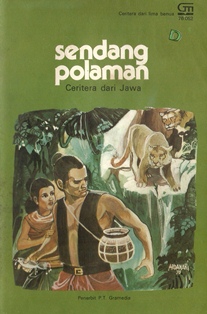
Sendang Polaman
1976

Keledai dan Tongkat
1976
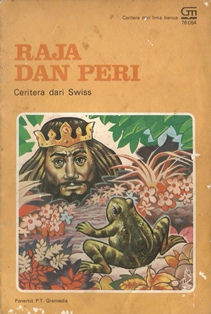
Raja dan Peri
1976
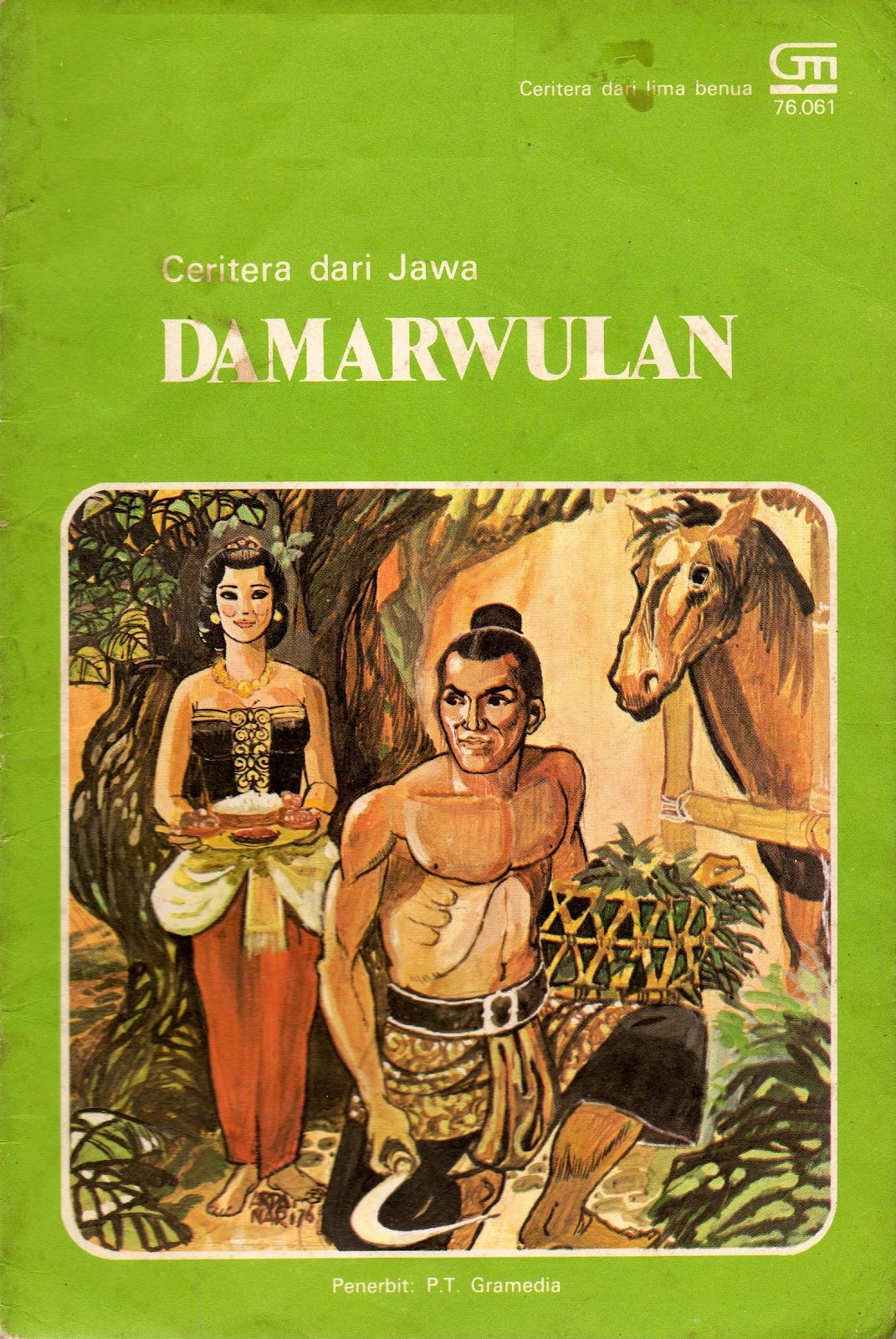
Damarwulan
1976

Kera dan Raksasa
1976
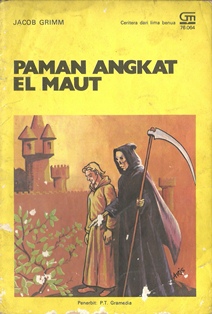
Paman Angkat El Maut
1976
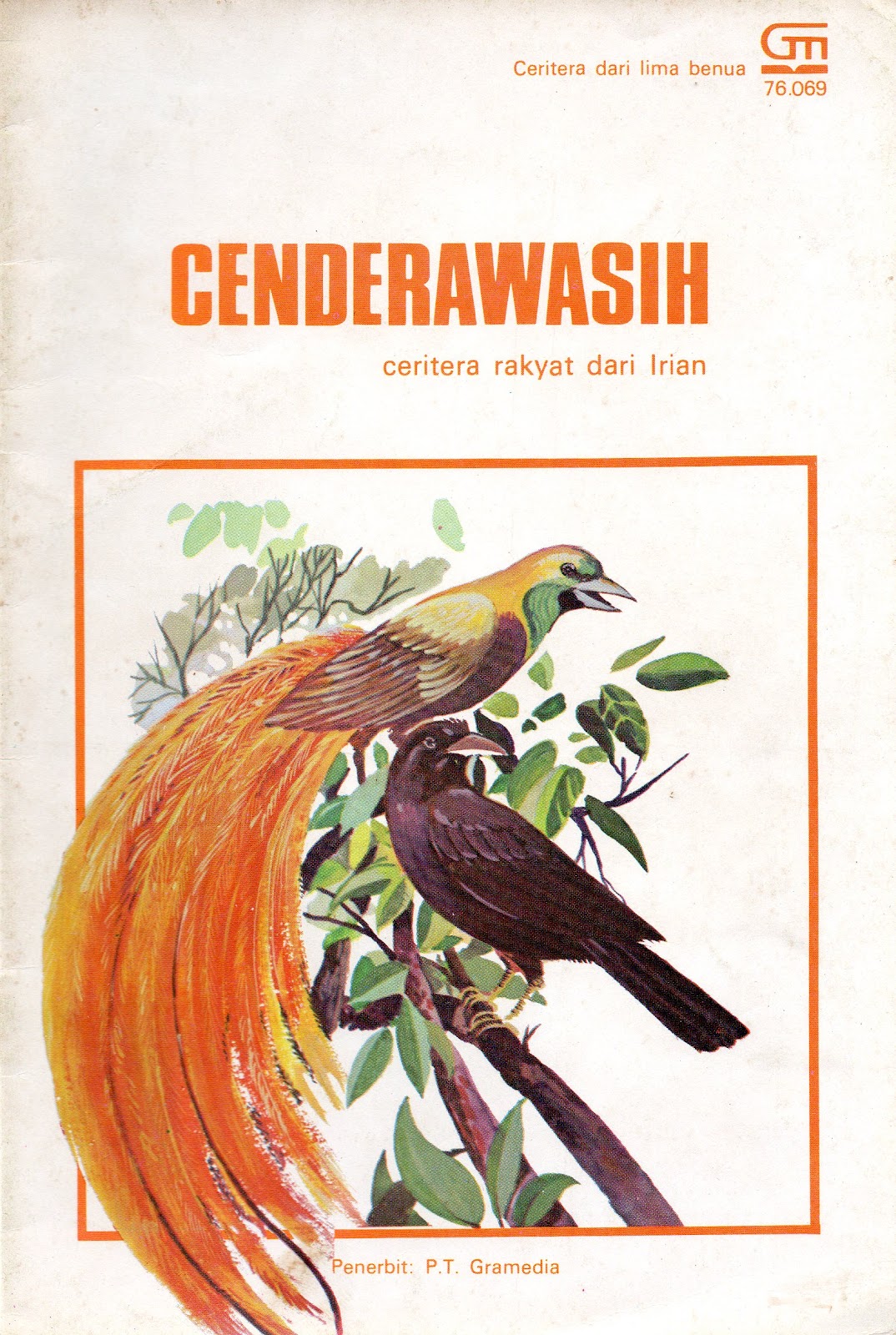
Cenderawasih
1976

Netra
1976
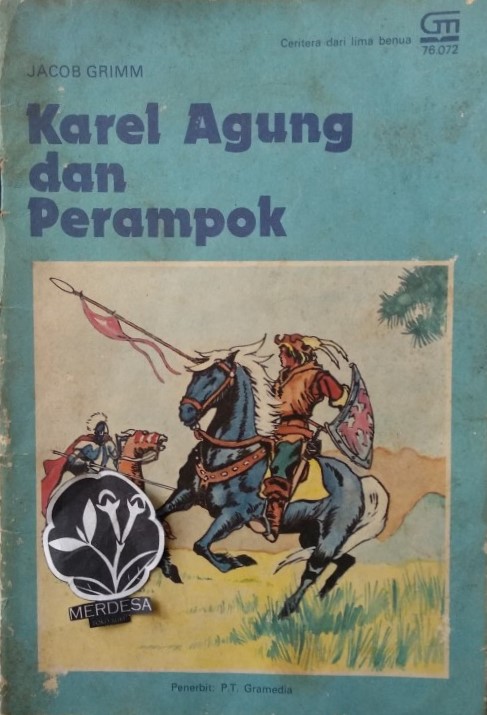
Karel Agung dan Perampok
1976
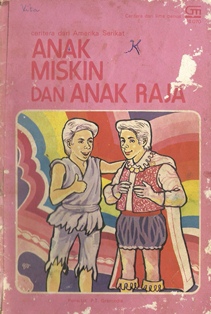
Anak Miskin dan Anak Raja
1976
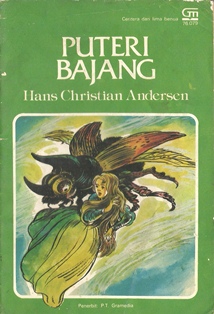
Puteri Bajang
1976
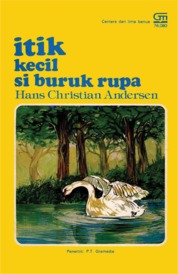
Itik Kecil si Buruk Rupa
1976
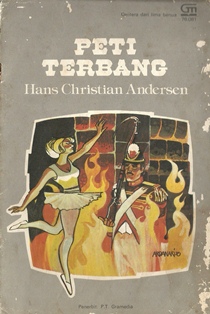
Peti Terbang
1976
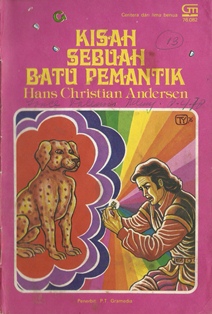
Kisah Sebuah Batu Pemantik
1976
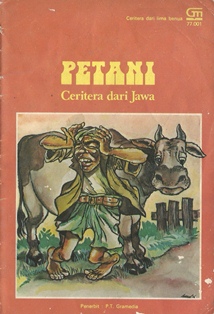
Petani
1976
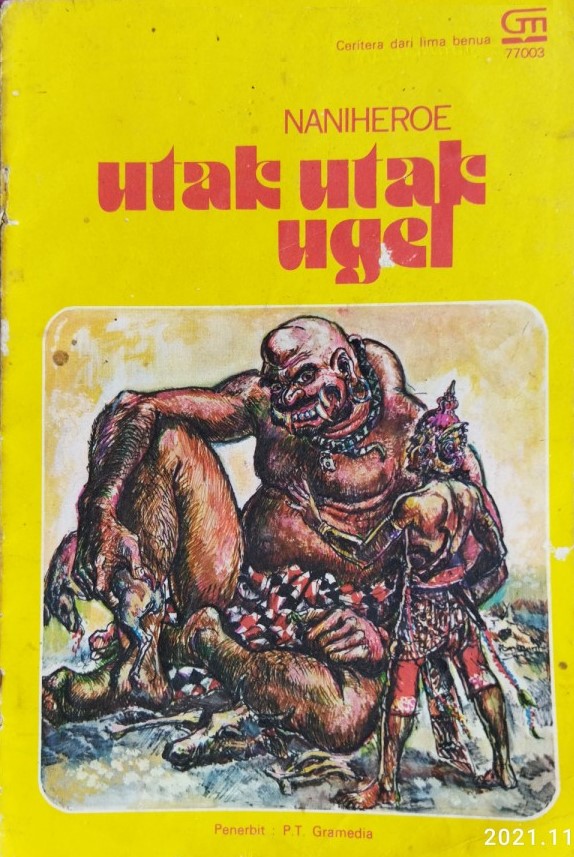
Utak Utak Ugel
1976
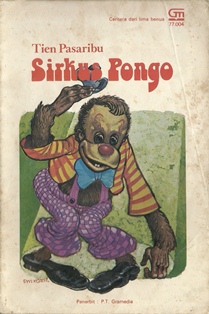
Sirkus Pongo
1977
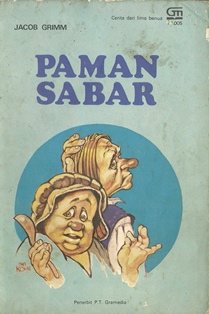
Paman Sabar
1977
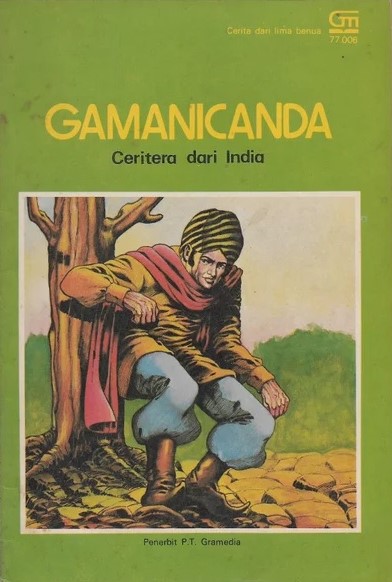
Gamanicanda
1977
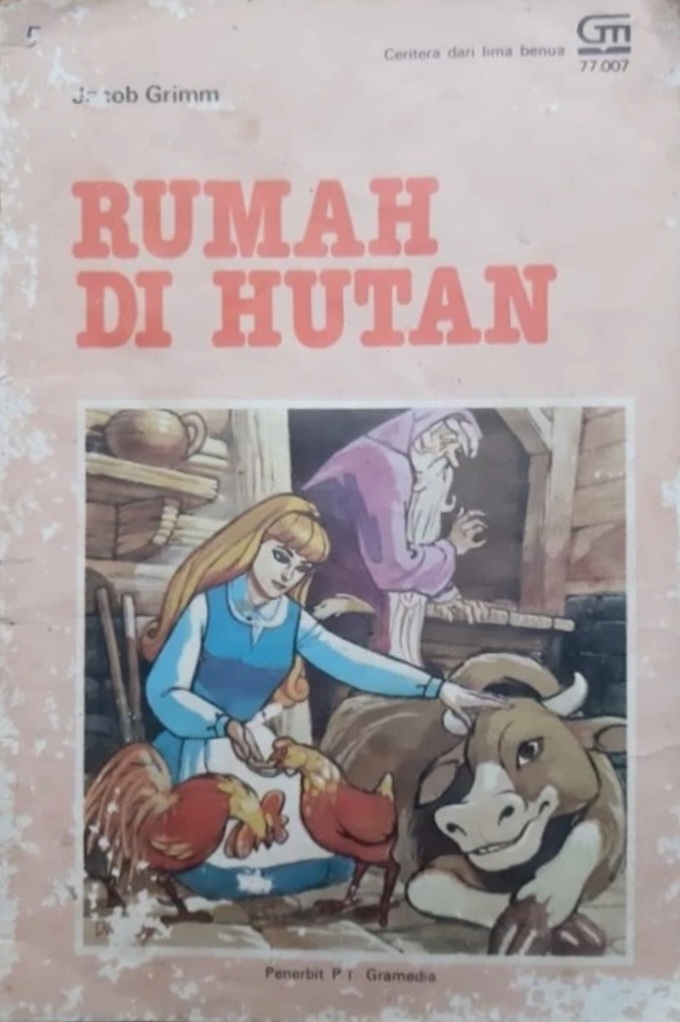
Rumah di Hutan
1977
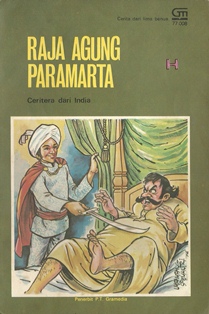
Raja Agung Paramarta
1977
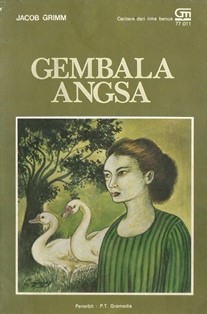
Gembala Angsa
1977

Rip Van Winkle
1819
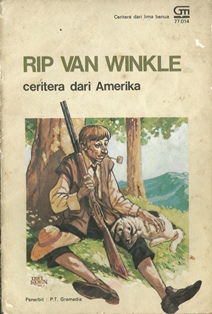
Kisah Rip van Winkle
1977

Serigala yang Cerdik
1977
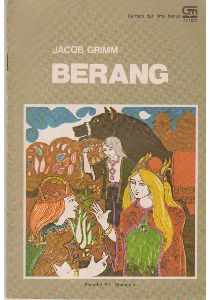
Berang
1977

Si Bungkuk dan Si Buta
1977
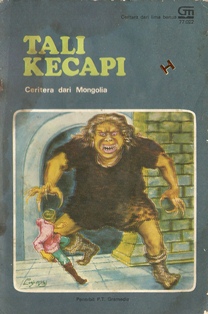
Tali Kecapi (Cerita dari Lima Benua, #120
1977
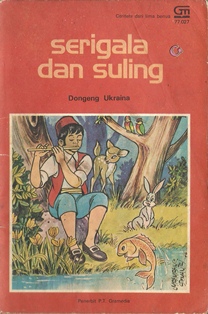
Serigala dan Suling
1977

Keris Empu Gandring
1977
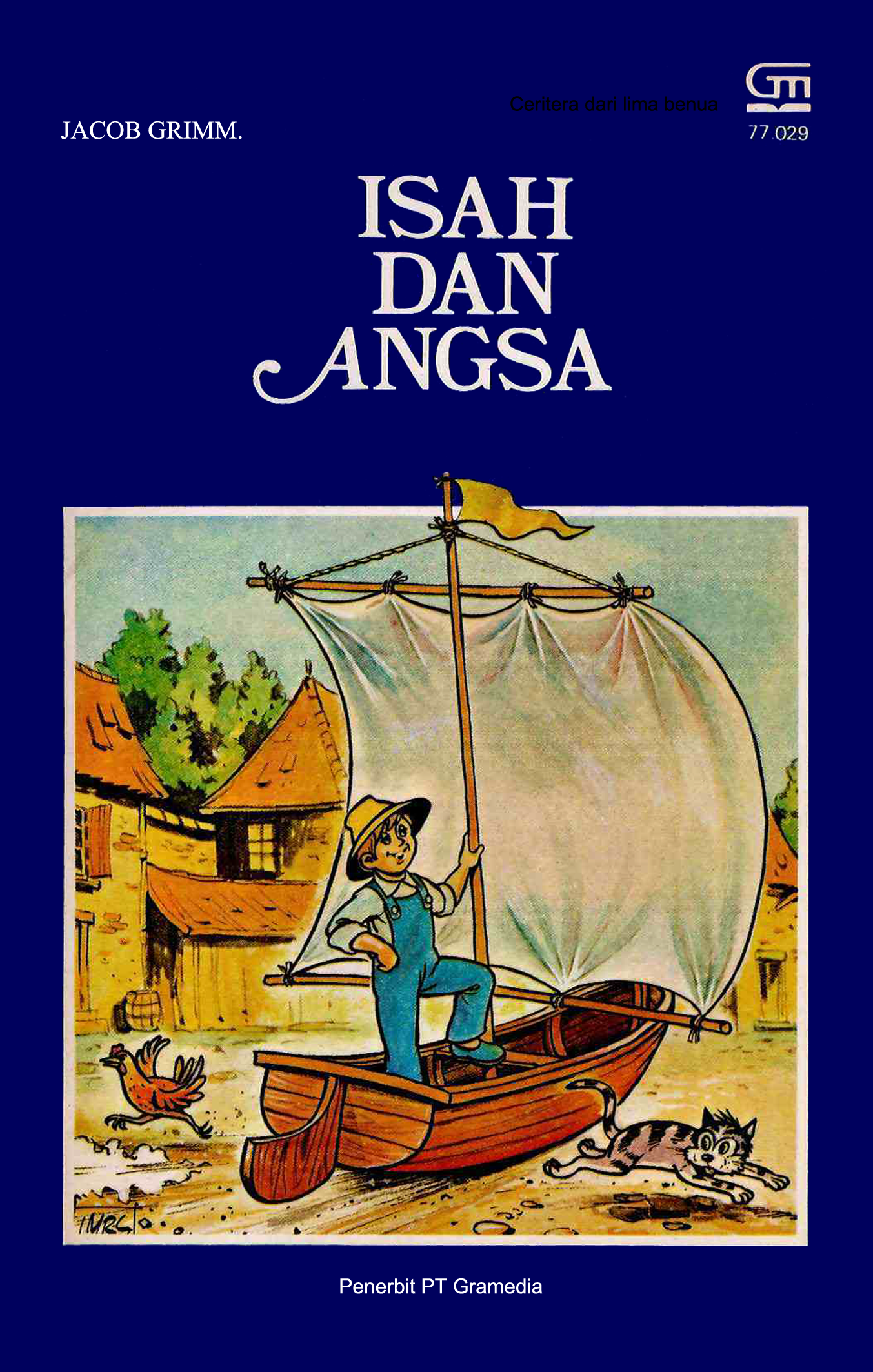
Isah dan Angsa
1977
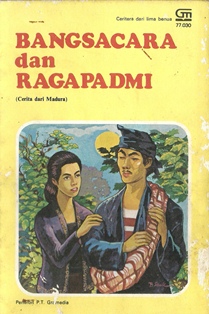
Bangsacara dan Ragapadmi
1977
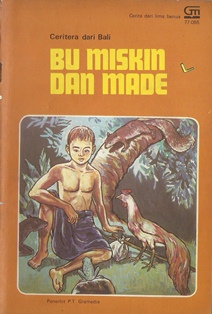
Bu Miskin dan Made
1977

Johan dan Arang
1977
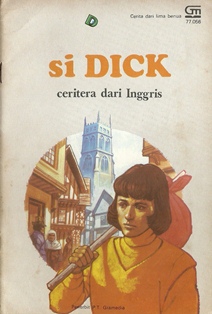
Si Dick
1977

Walter dan Hilda
1977
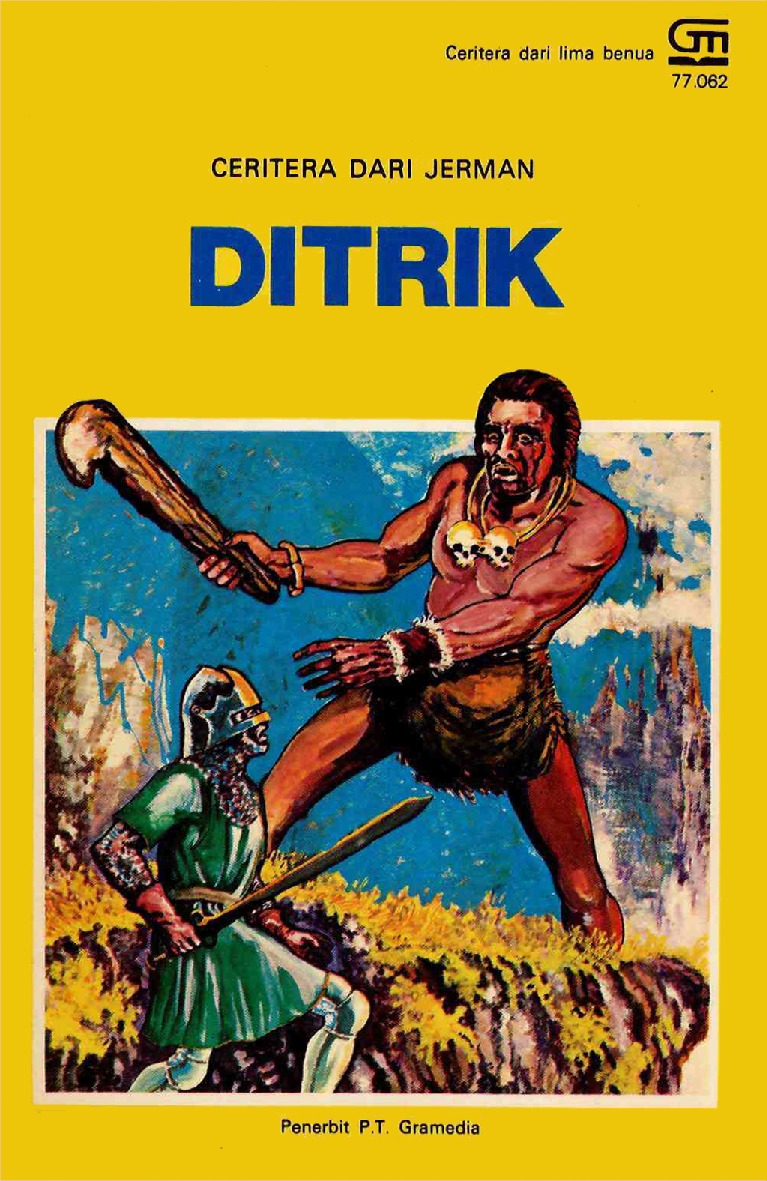
Ditrik
1977
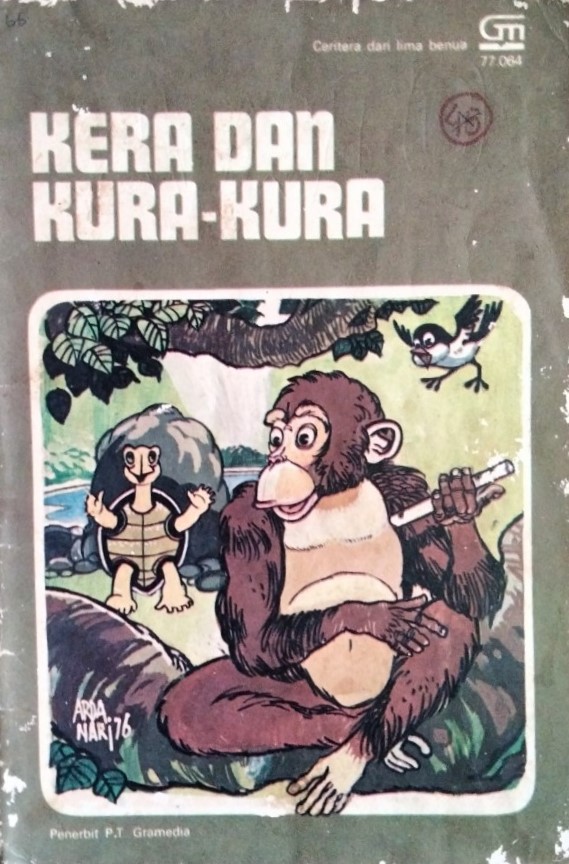
Kera dan Kura-kura
1977
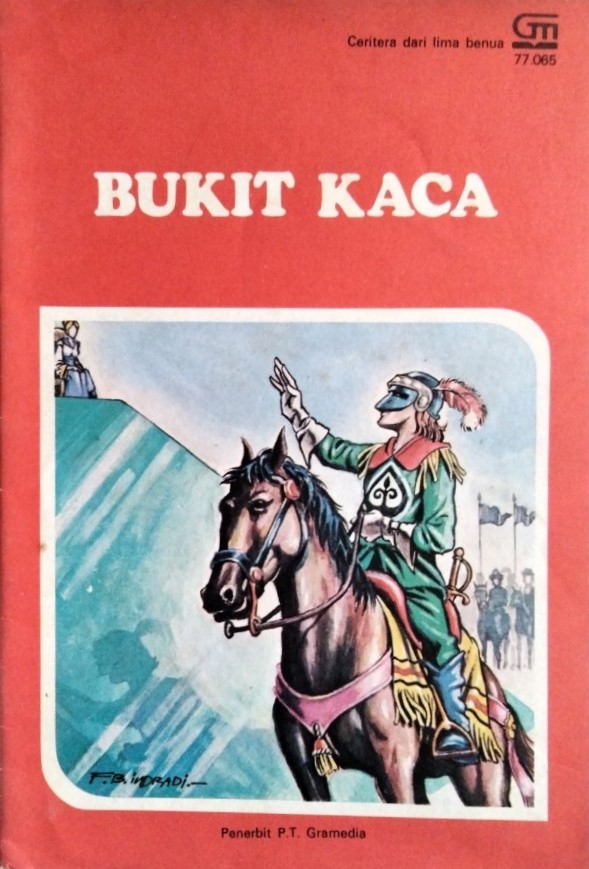
Bukit Kaca
1977
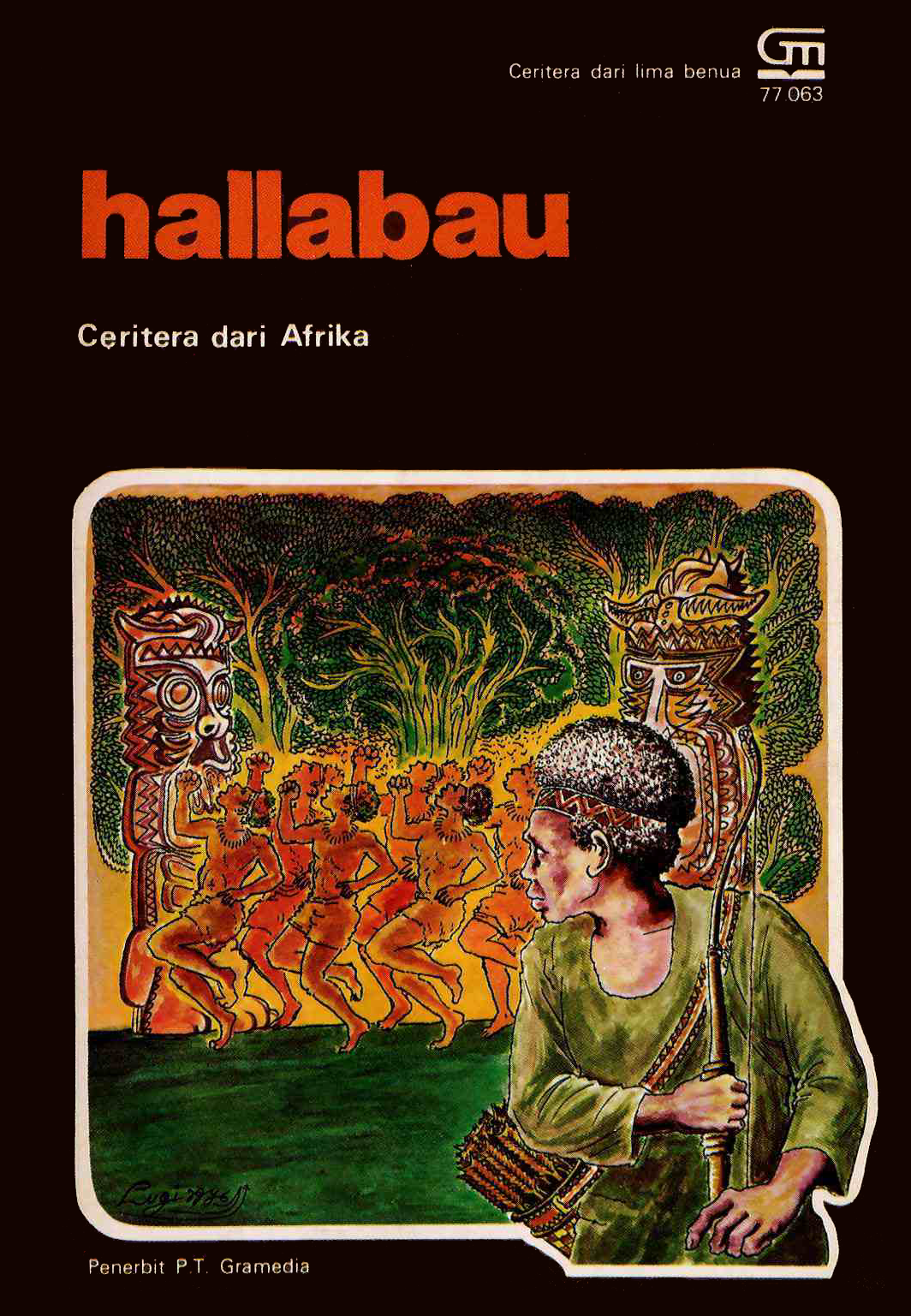
Hallabau
1977

Sang Kancil Tertipu
1977
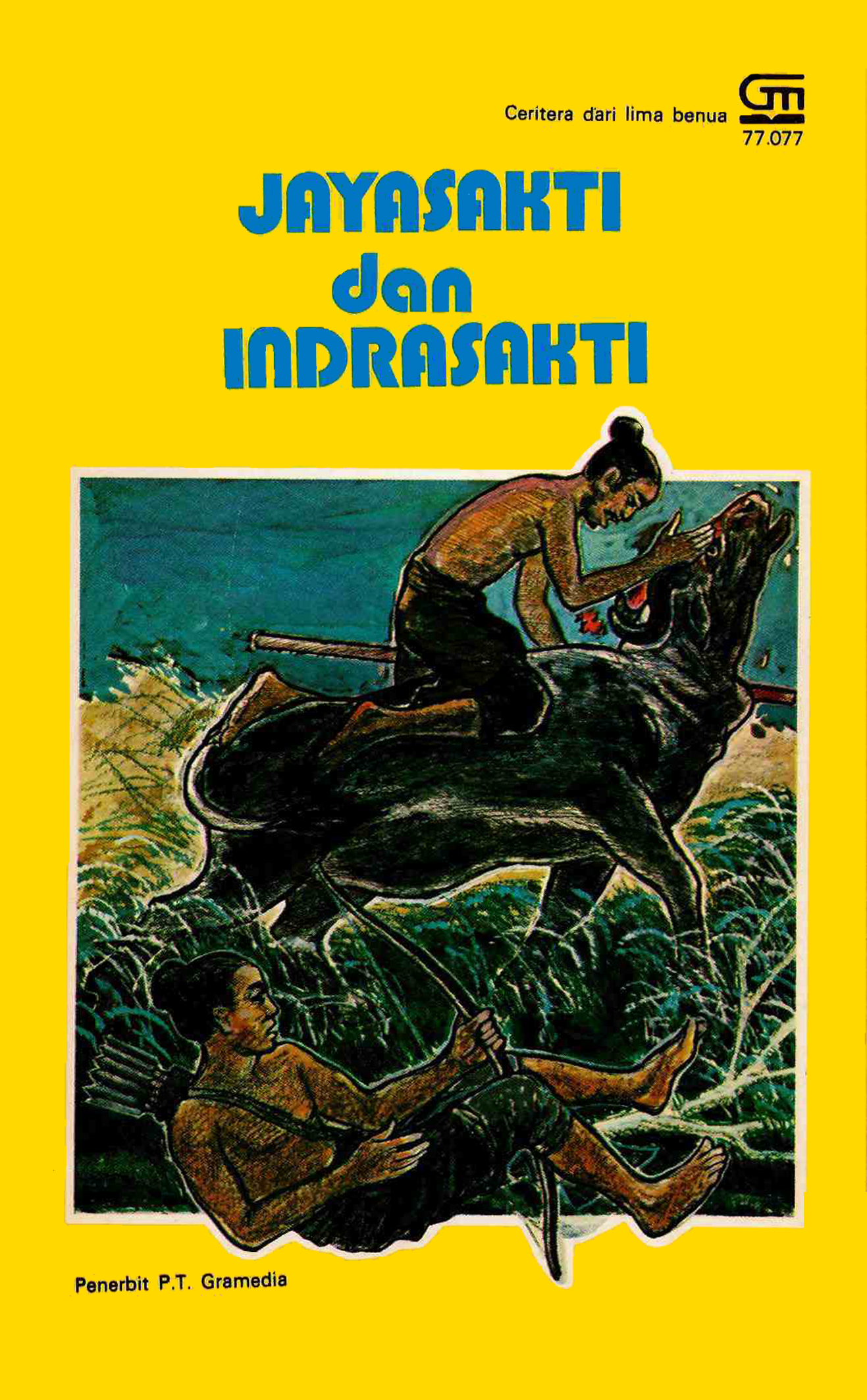
Jayasakti dan Indrasakti
1977
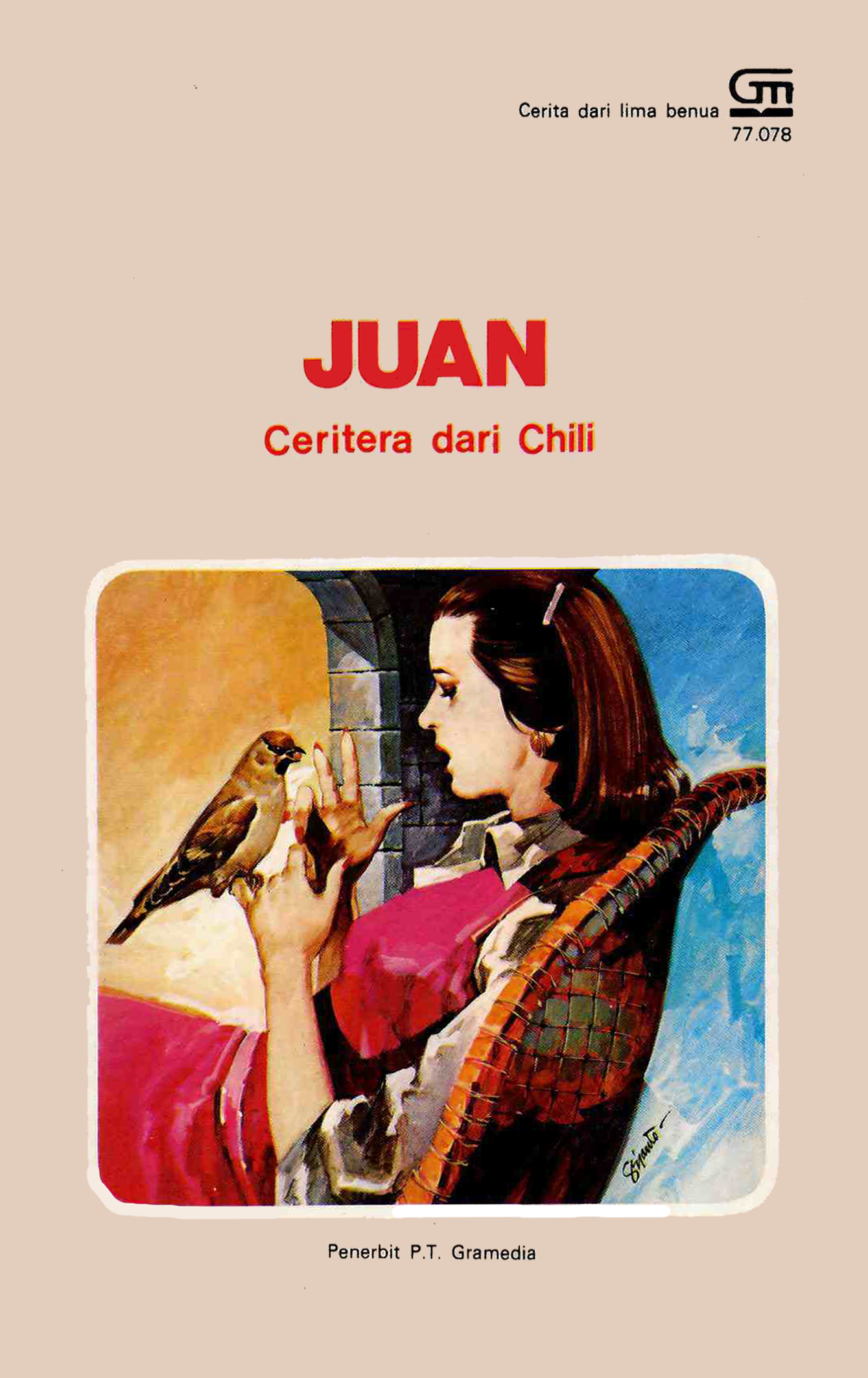
Juan
1977
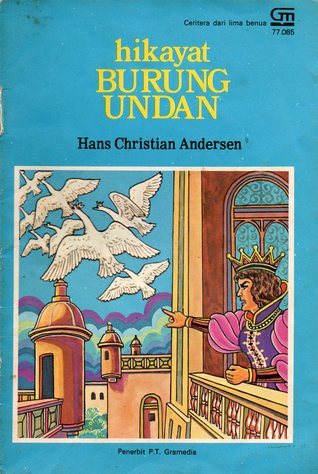
Hikayat Burung Undan
1977
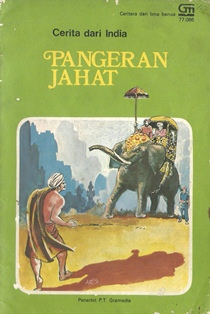
Pangeran Jahat
1977
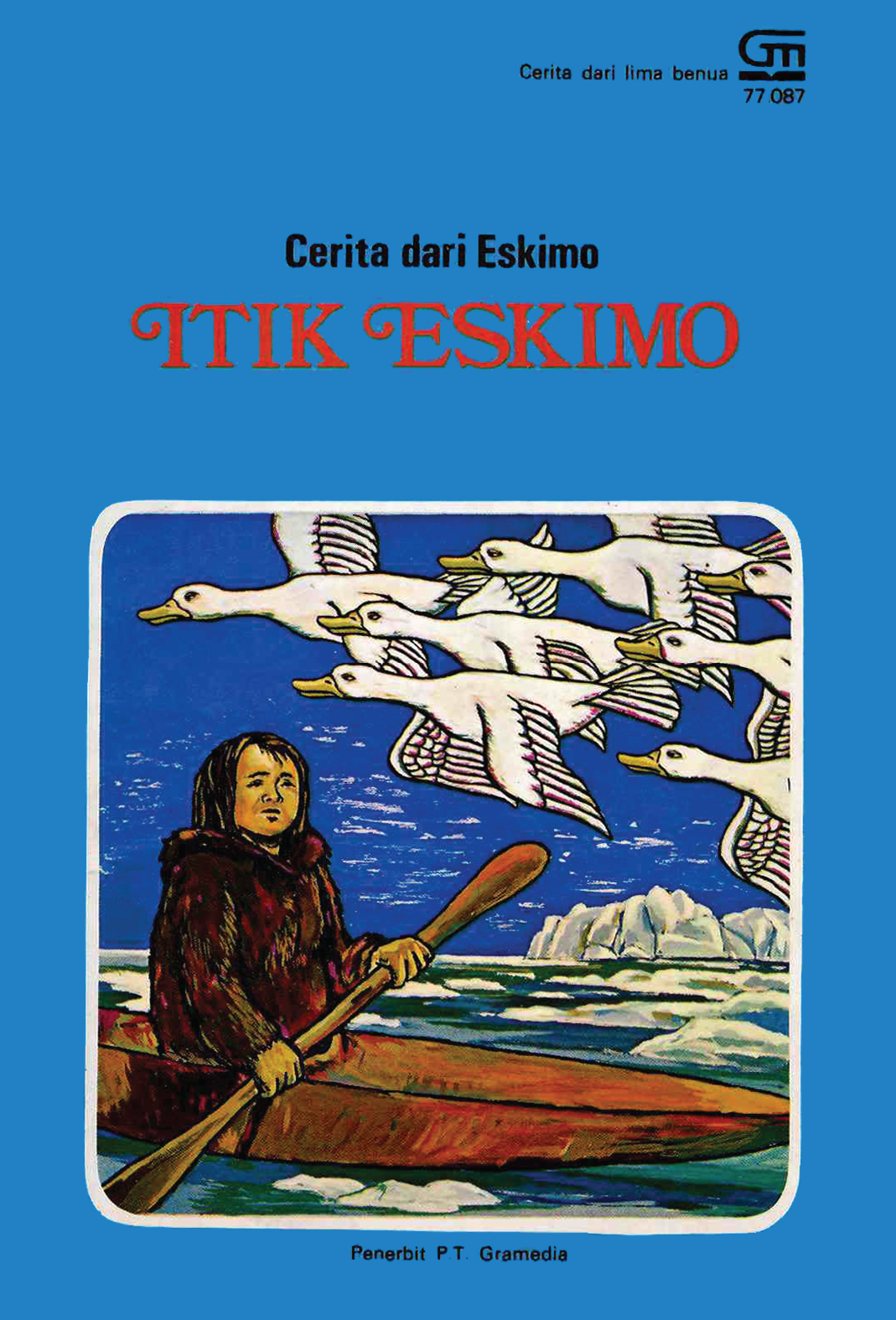
Itik Eskimo
1977
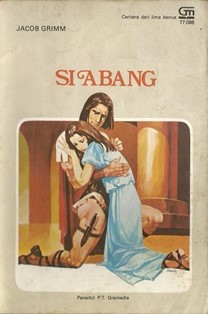
Si Abang
1977
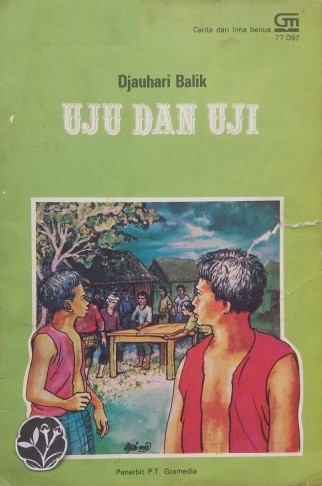
Uju dan Uji
1977
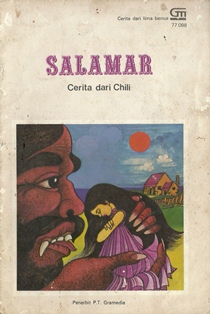
Salamar
1977
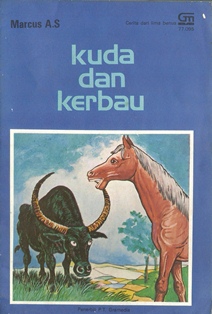
Kuda dan Kerbau
1977
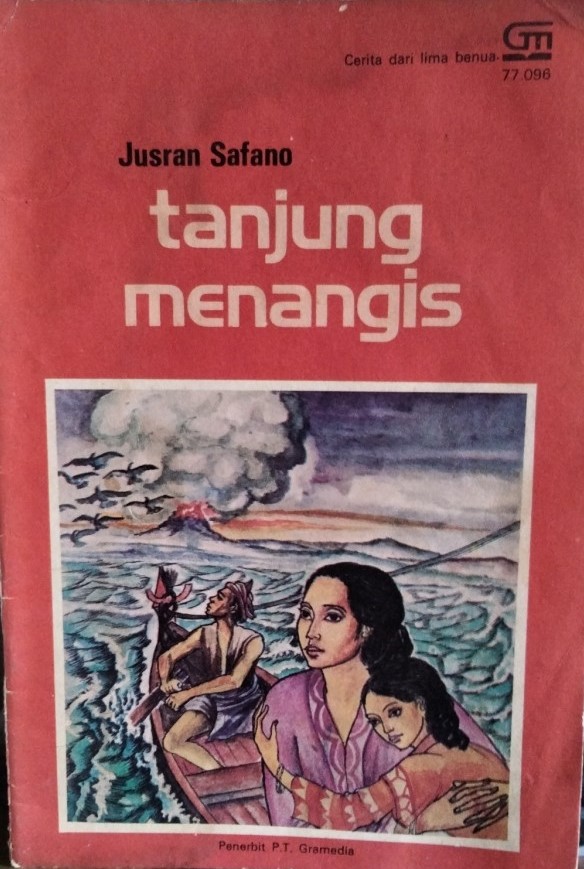
Tanjung Menangis
1977
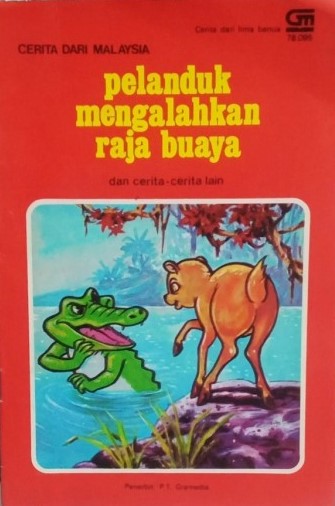
Pelanduk Mengalahkan Raja Buaya
1975

Pelanduk Membayar Hutang
1978

Ali Membebaskan Kutukan
1975
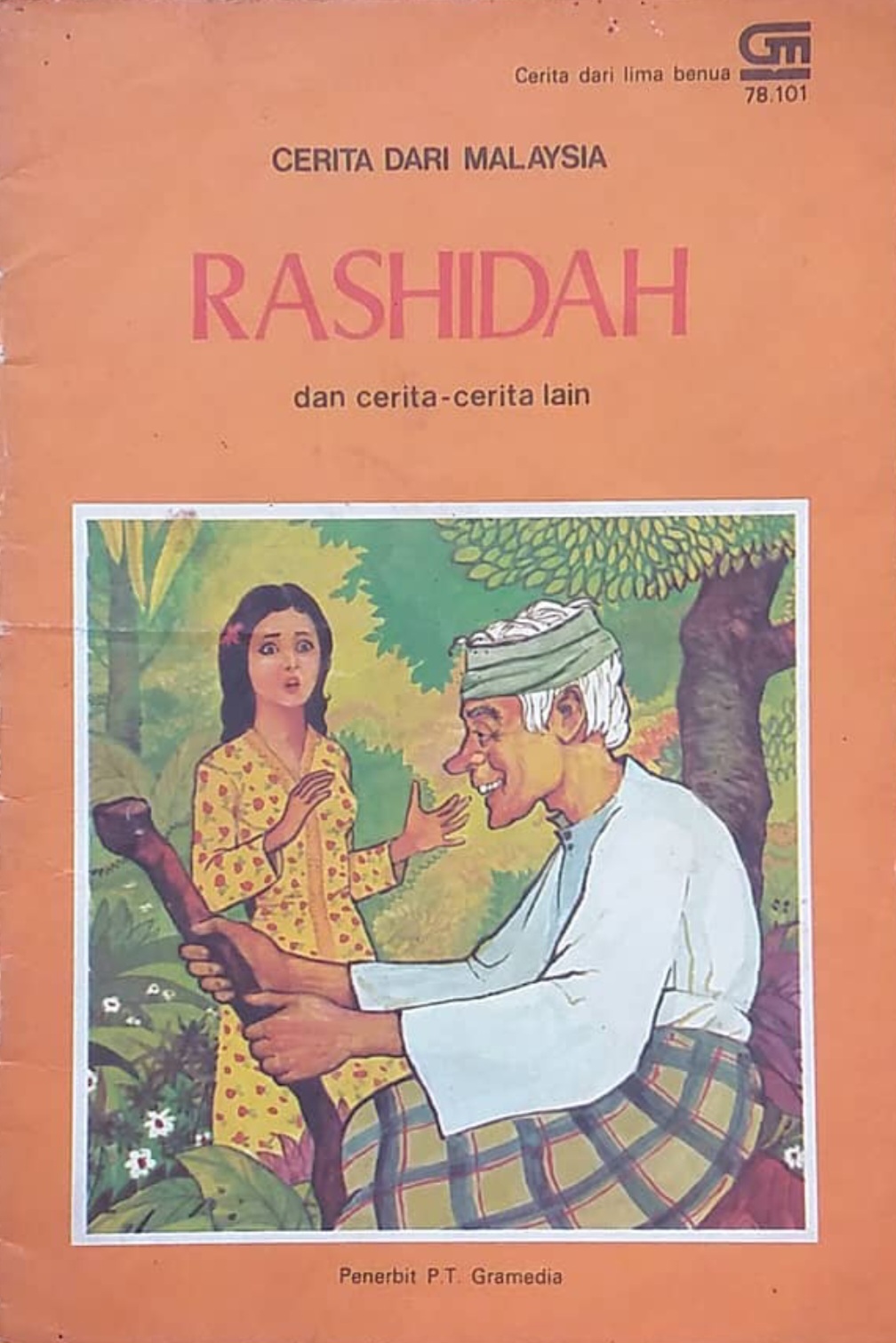
Rashidah
1975
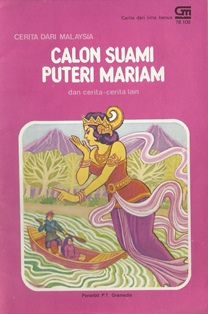
Calon Suami Puteri Mariam
1978
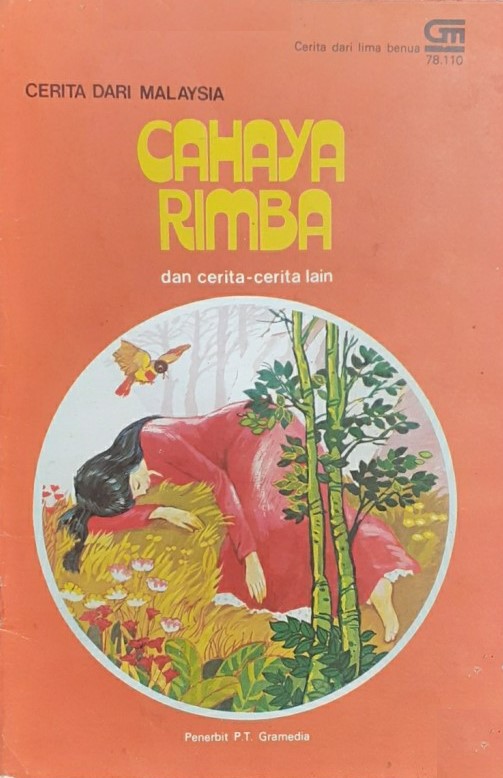
Cahaya Rimba
1978

Mimpi Sultan Nanas
1978
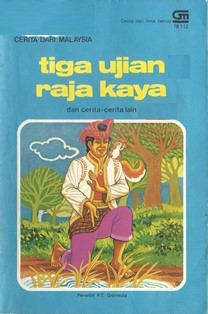
Tiga Ujian Raja Kaya
1978
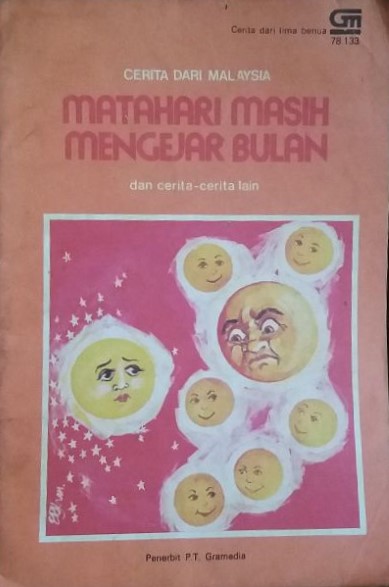
Matahari Masih Mengejar Bulan
1978
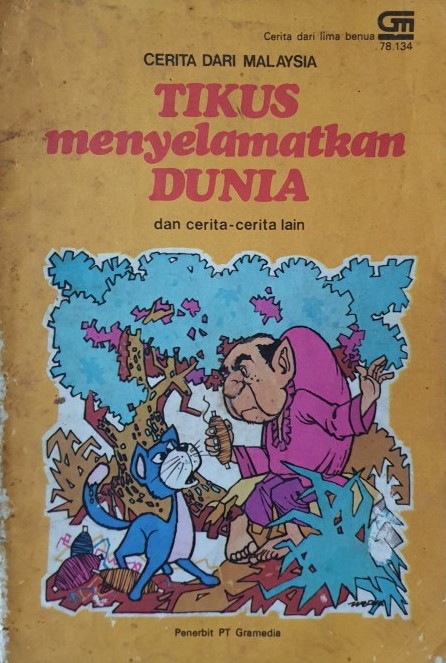
Tikus Menyelamatkan Dunia
1978

Rahu Ingin Menelan Bulan
1978
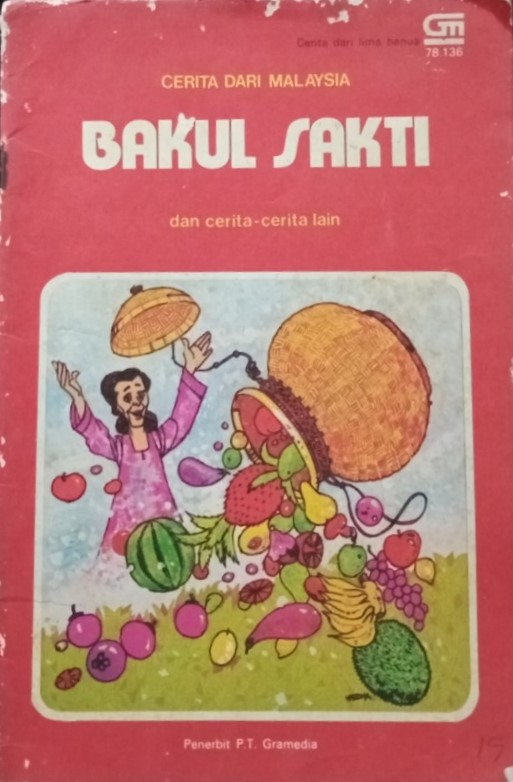
Bakul Sakti
1978
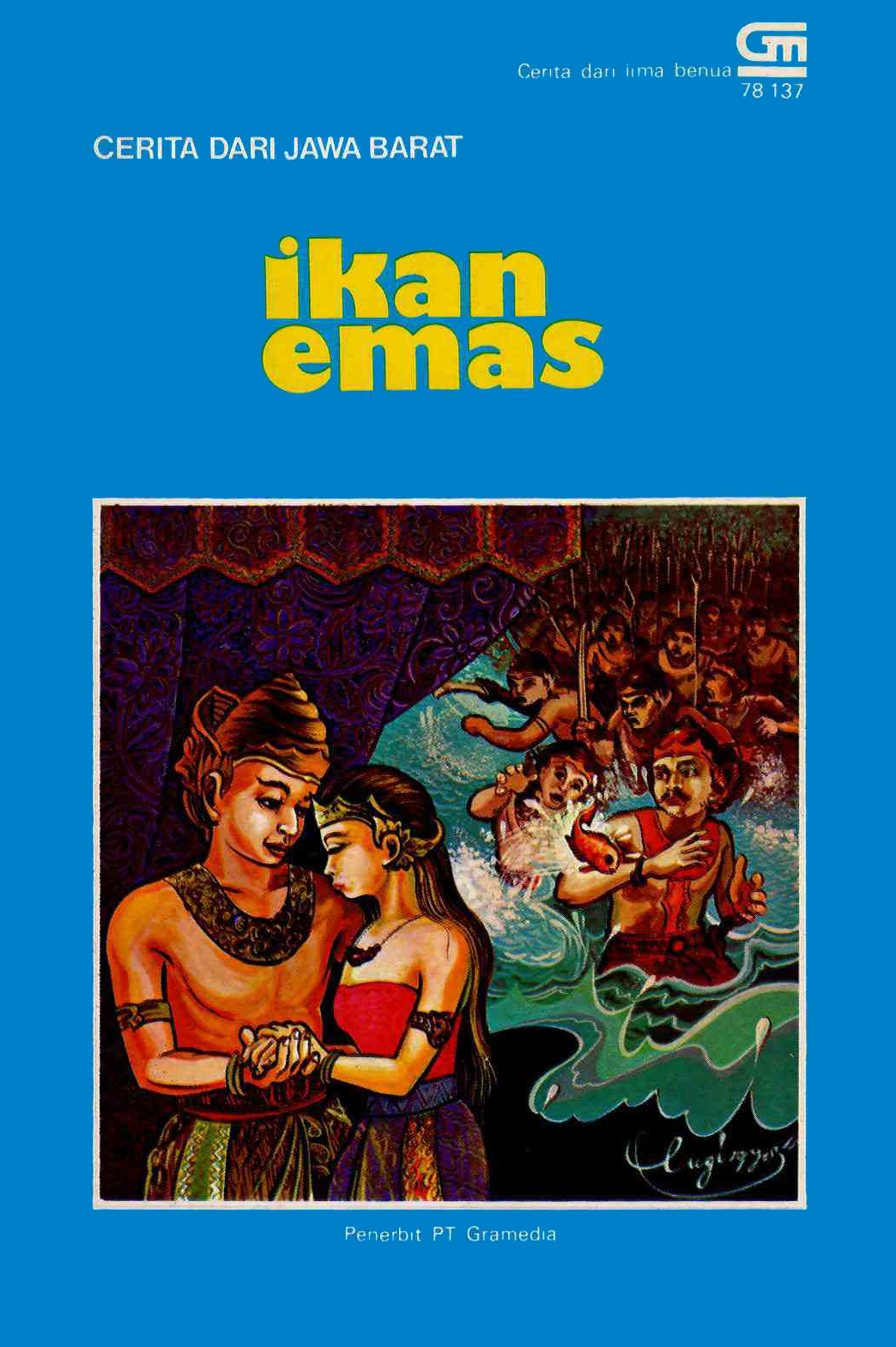
Ikan Emas
1978
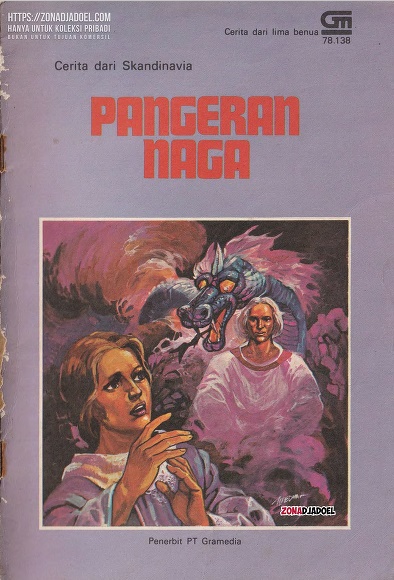
Pangeran Naga
1978
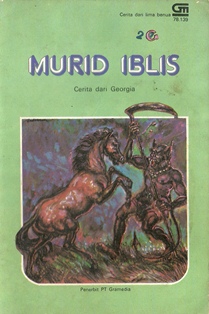
Murid Iblis
1978

Jaka Tarub
1978

Tipu Dibalas Tipu
1978

Lima Nasihat
1978
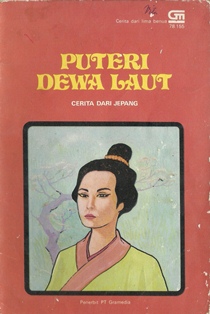
Puteri Dewa Laut
1978
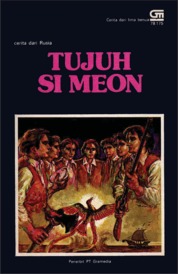
Tujuh Si Meon
1978
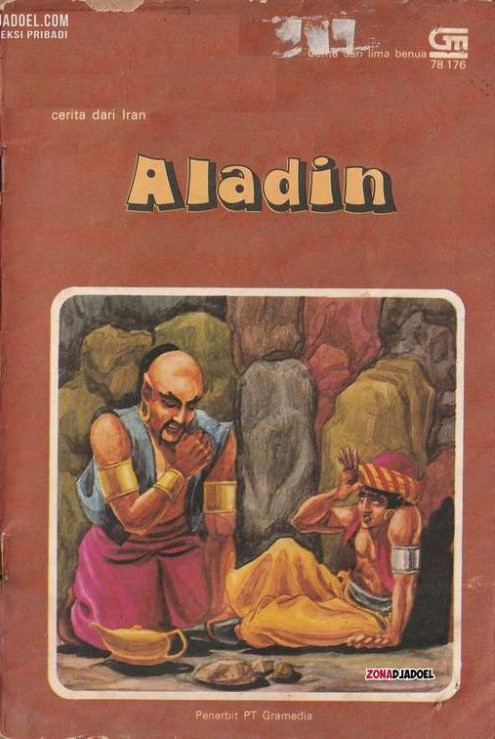
Aladin
1978
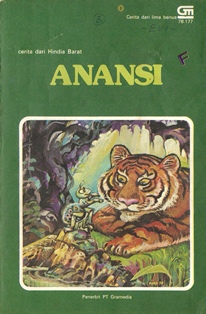
Anansi
1978
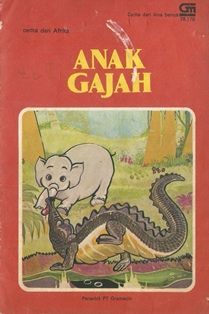
Anak Gajah
1978
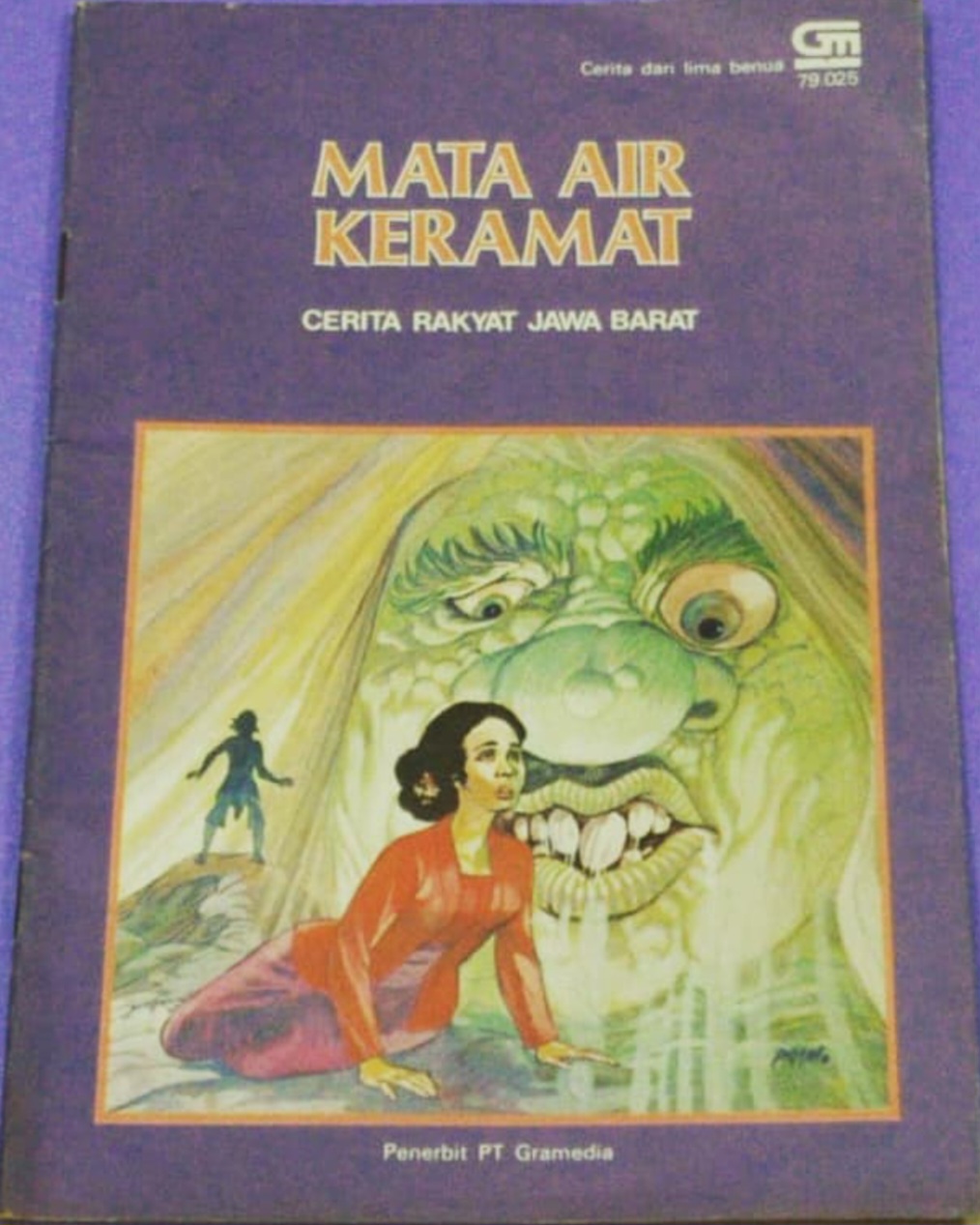
Mata Air Keramat
1979
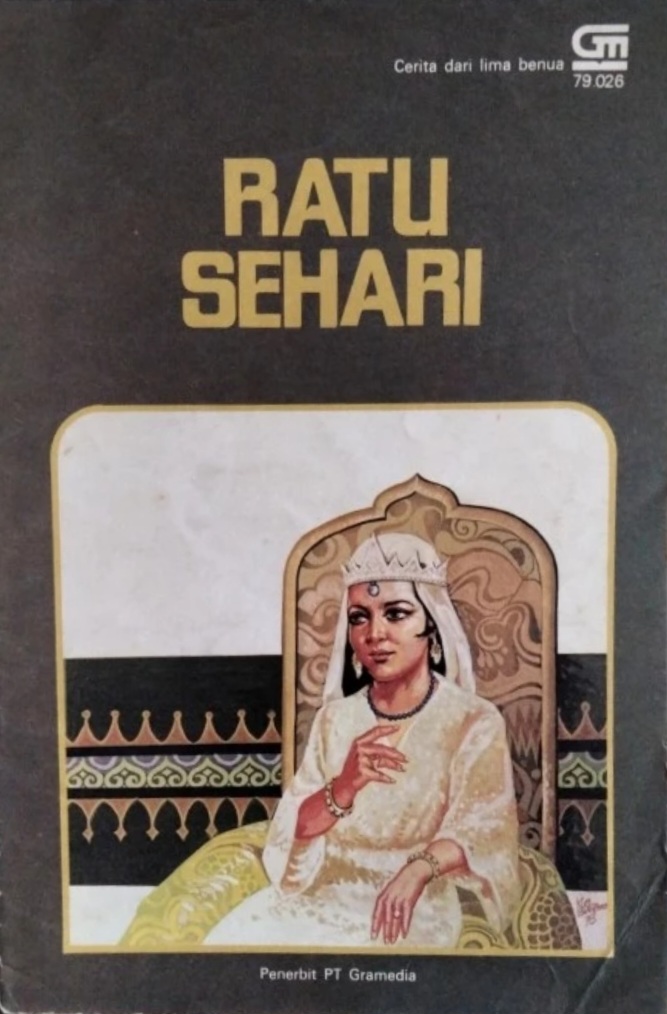
Ratu Sehari
1979
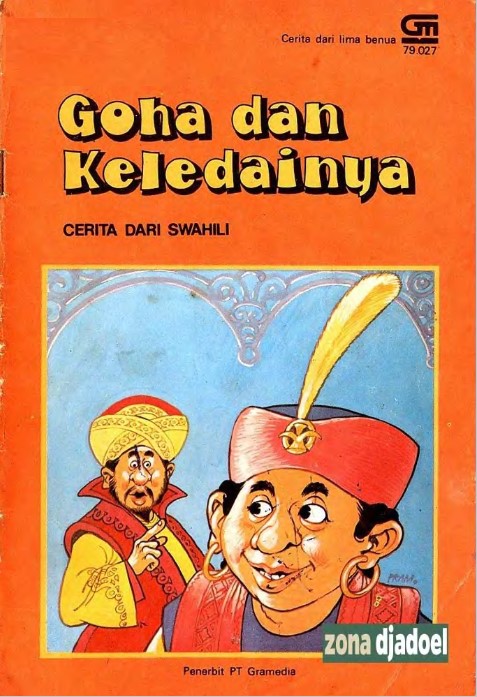
Goha dan Keledainya
1979
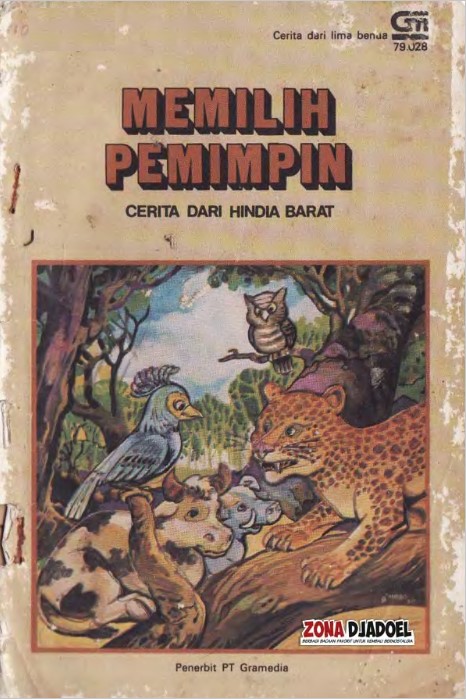
Memilih Pemimpin
1979
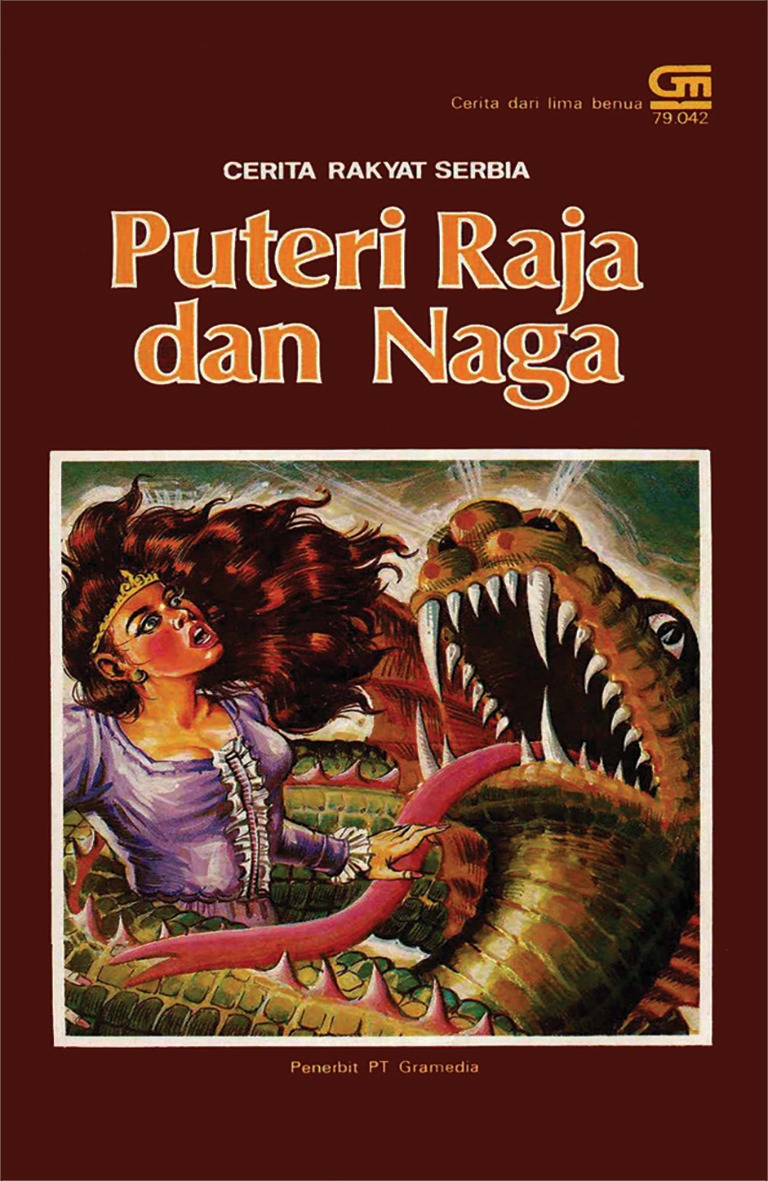
Puteri Raja dan Naga
1979

Mimpi Yang Menjadi Kenyataan
1978

Puteri Azpalta
1979
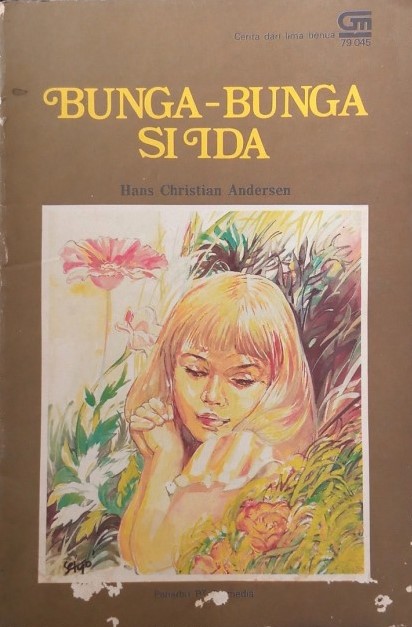
Bunga-bunga si Ida
1979
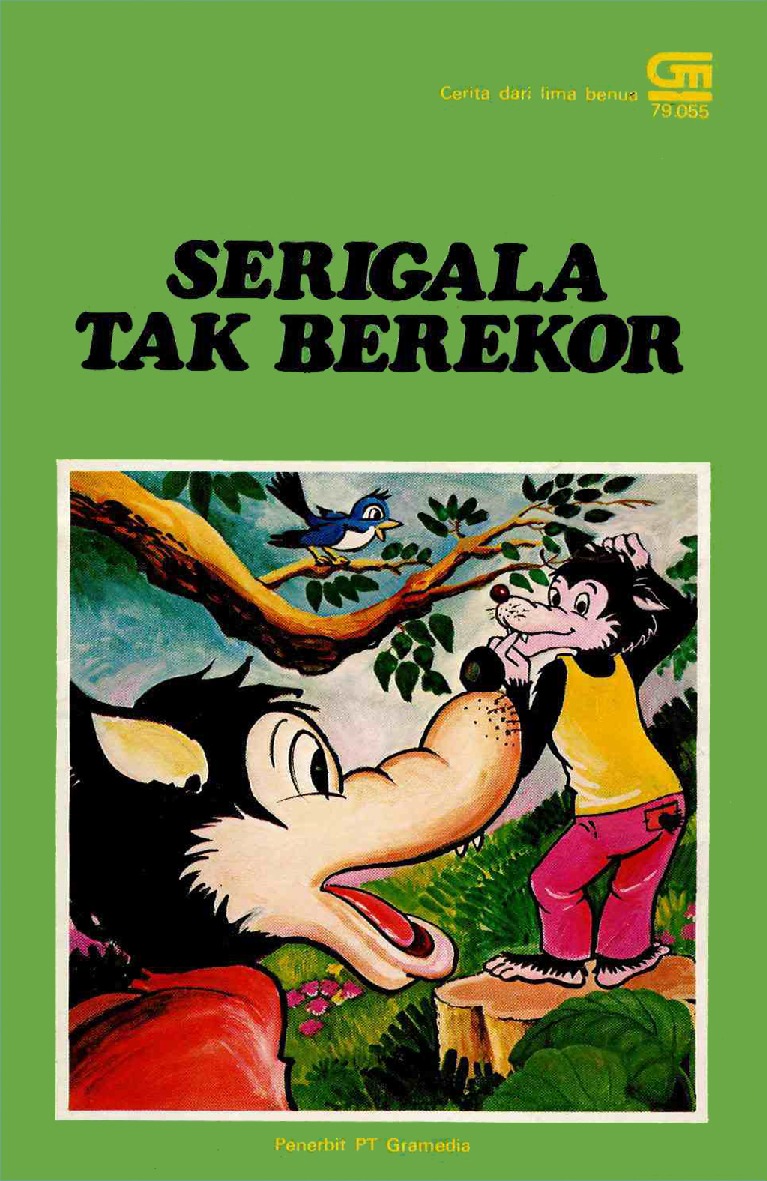
Serigala Tak Berekor
1979
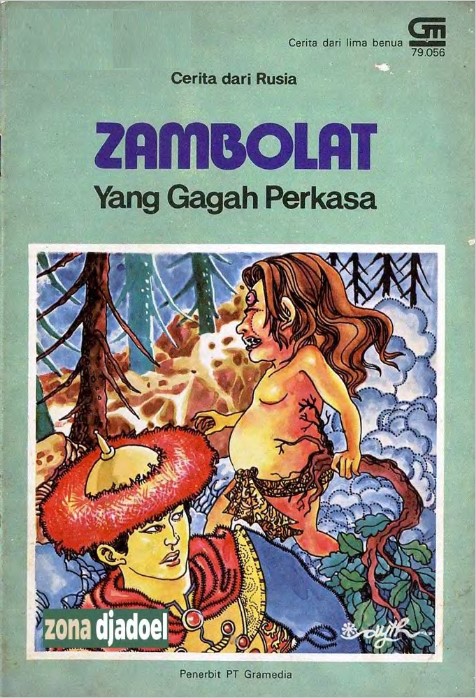
Zambolat yang Gagah Perkasa
1979
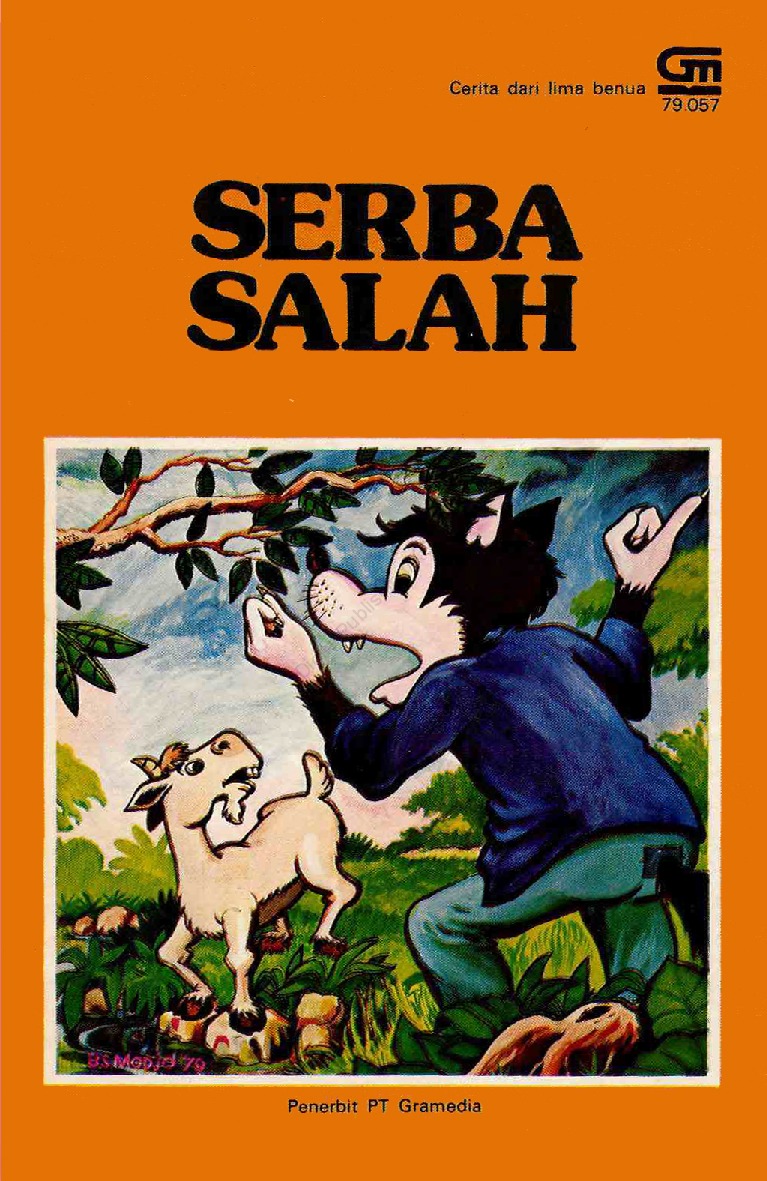
Serba Salah
1979
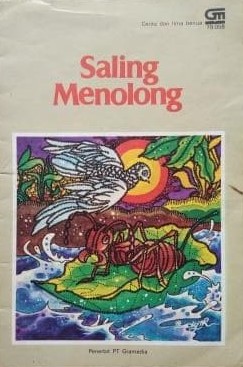
Saling Menolong
1979
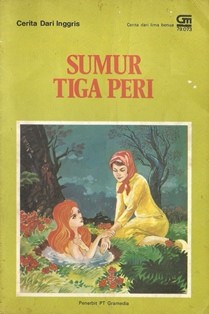
Sumur Tiga Peri
1979
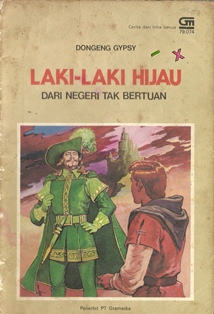
Laki-laki Hijau dari Negeri Tak Bertuan
1979
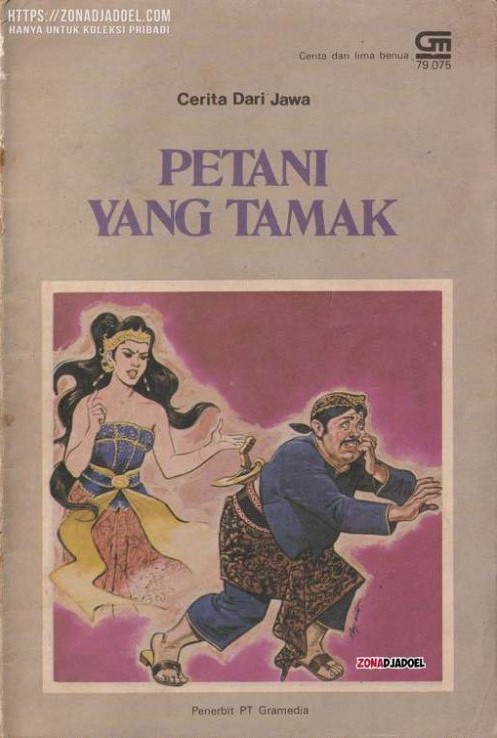
Petani yang Tamak
1979
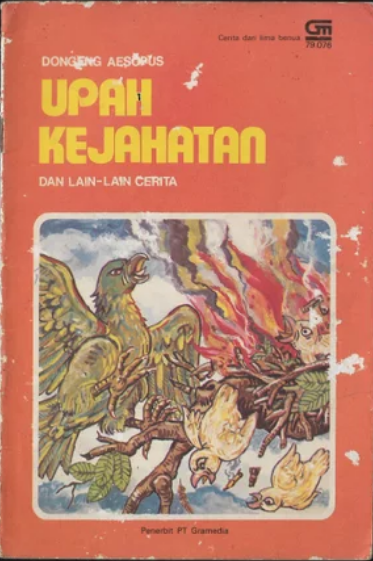
Upah Kejahatan
1979
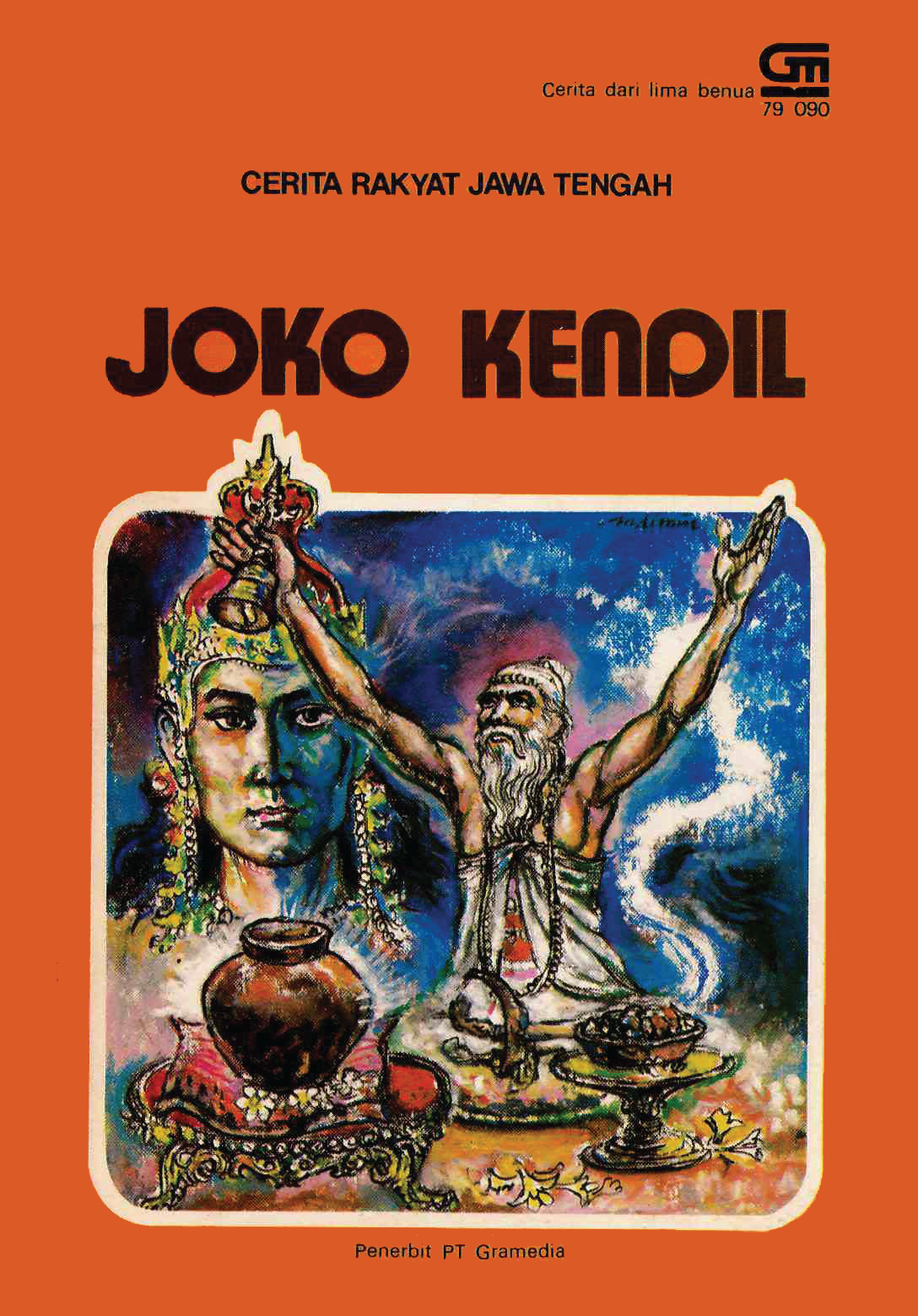
Joko Kendil
1979
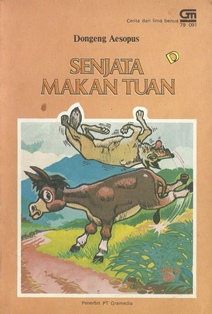
Senjata Makan Tuan
1979

Kancil dan Buaya
1979
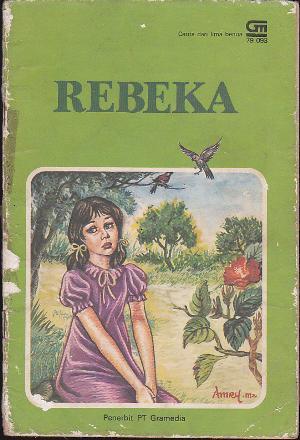
Rebeka
2025
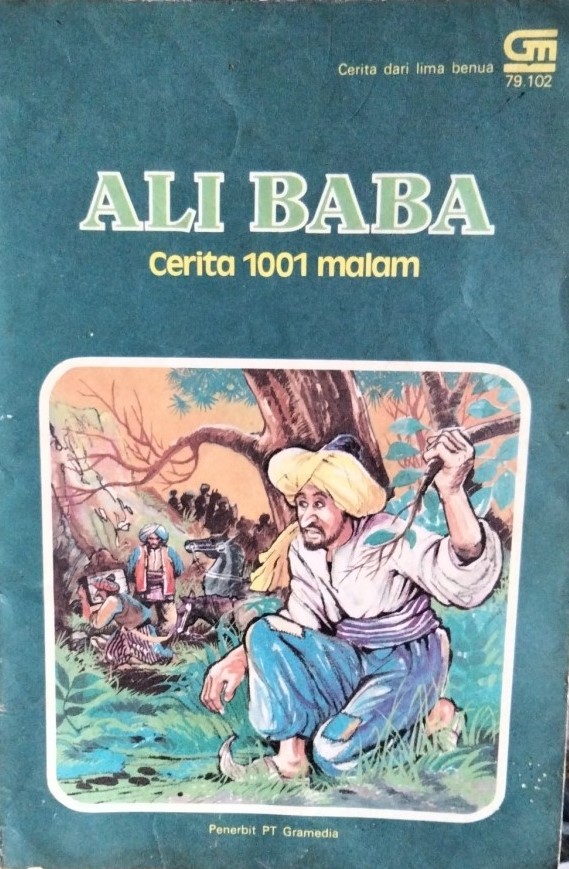
Ali Baba
1979
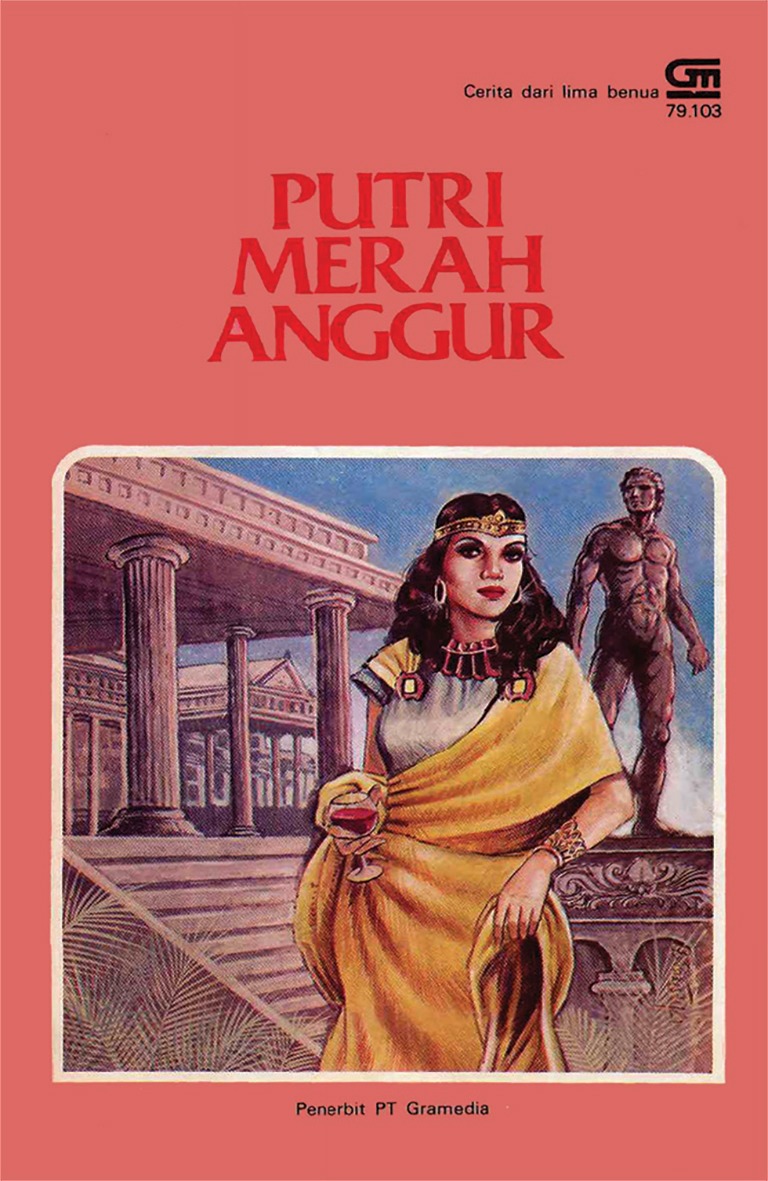
Putri Merah Anggur
1979
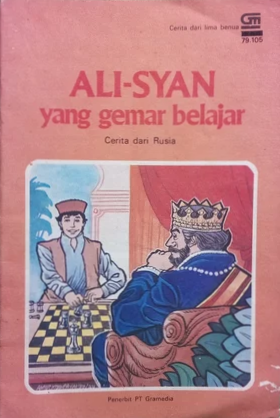
Ali-Syan yang Gemar Belajar
1979
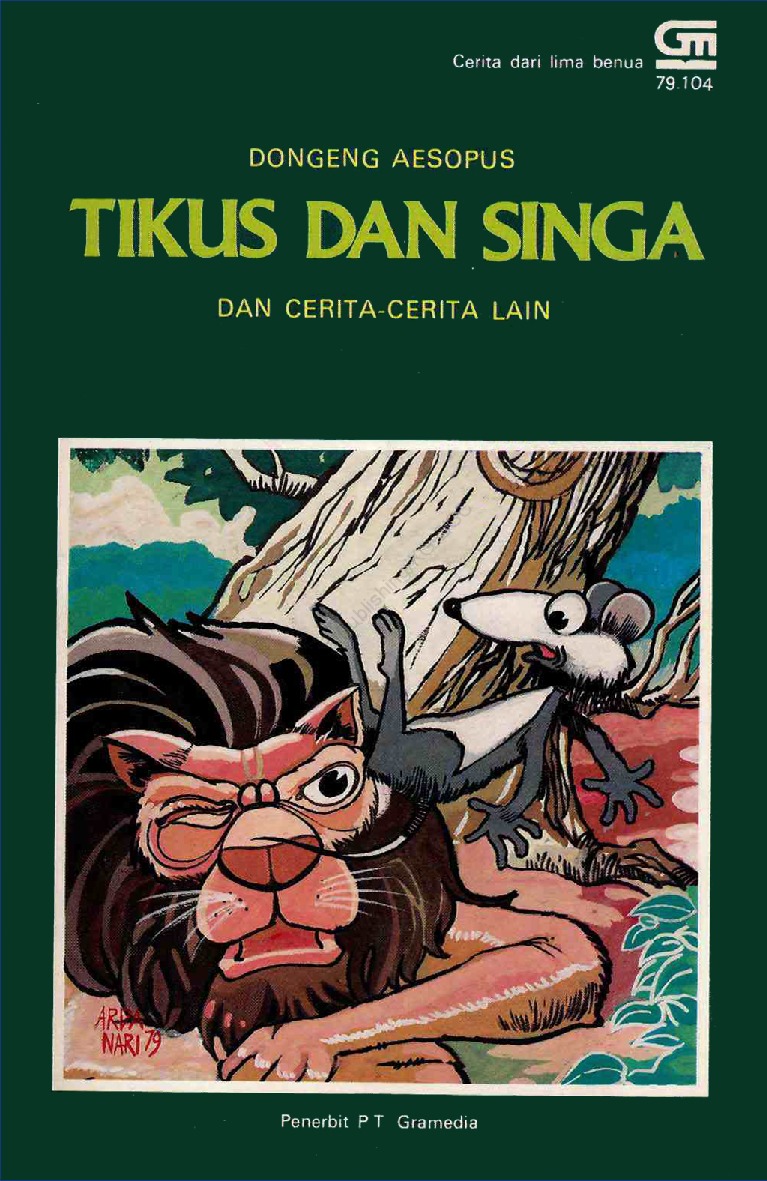
Tikus dan Singa
1979
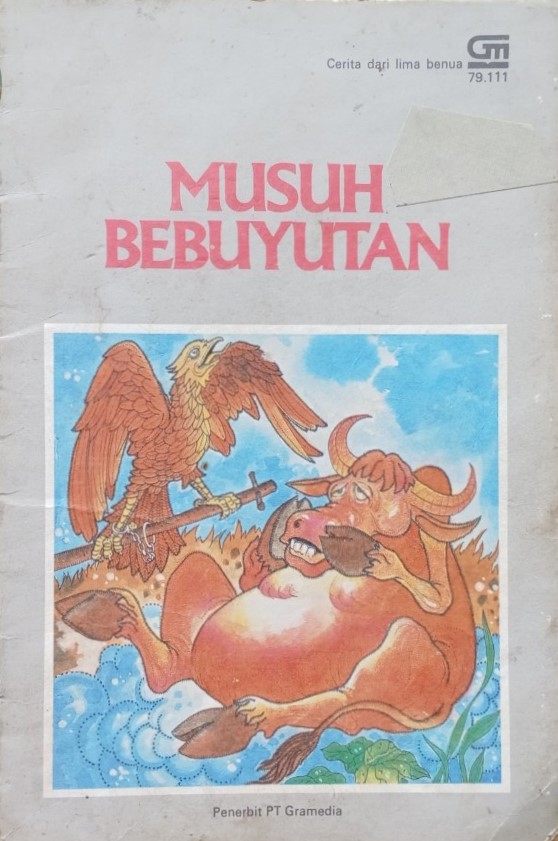
Musuh Bebuyutan
1979
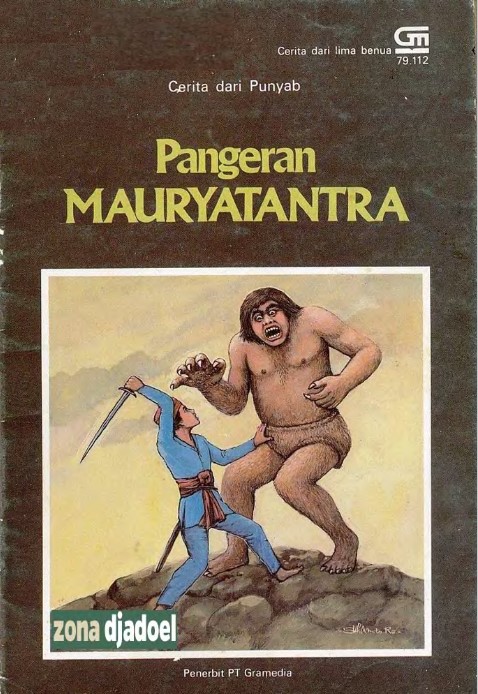
Pangeran Mauryatantra
1979

Iwan Dan Cincin Wasiat
1979
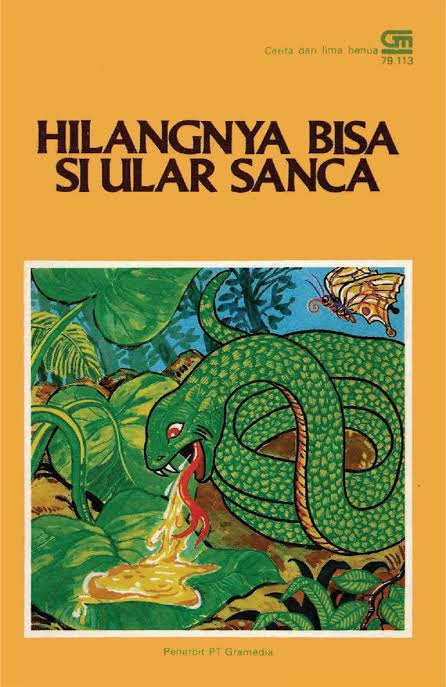
Hilangnya Bisa si Ular Sanca
1979
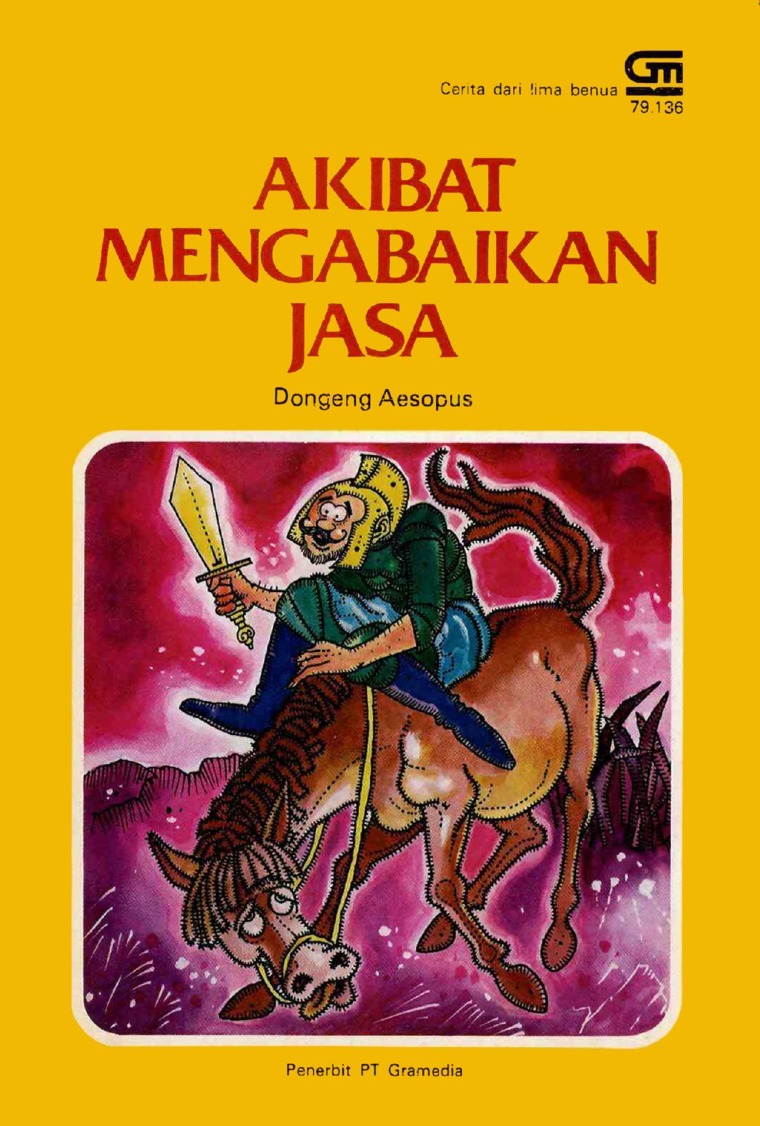
Akibat Mengabaikan Jasa
1979
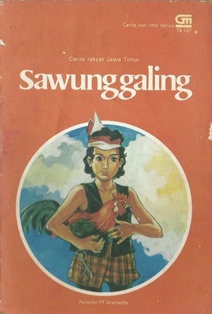
Sawunggaling
1979
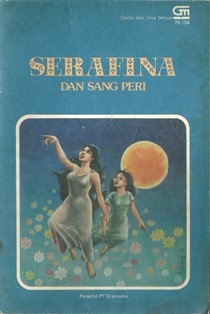
Serafina dan Sang Peri
1979
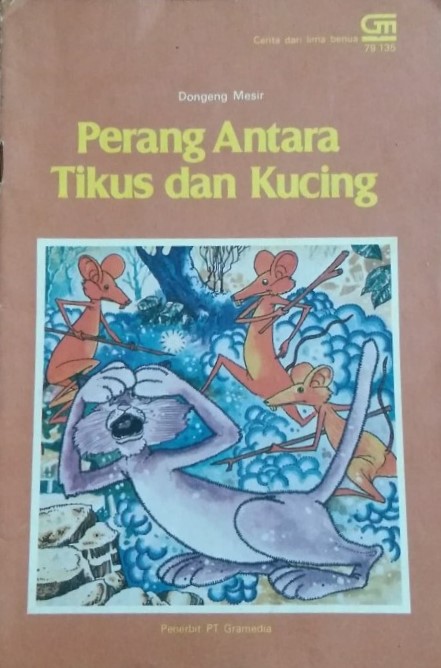
Perang Antara Tikus dan Kucing
1979
Authors
K. Usman (Haji Kurnia Usman) dilahirkan di Dusun Tanjung Serian, Muara Enim, Palembang, 11 Agustus 1940. Sejak tahun 1956 menulis puisi, cerpen, esai, dan cerita bersambung di 100 lebih media massa di Indonesia dan Jepang. Menerima Anugerah Kebudayaan dari Menteri Kebudayaan dan Pariwisata R.I. 2007.
Books can be attributed to "Unknown" when the author or editor (as applicable) is not known and cannot be discovered. If at all possible, list at least one actual author or editor for a book instead of using "Unknown". Books whose authorship is purposefully withheld should be attributed instead to Anonymous.
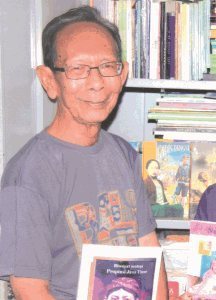
Suparto Brata lahir di Surabaya, Jawa Timur, 27 Februari 1932. Ia anak nomor delapan dari pasangan Raden Suratman Bratatanaya dengan Raden Ayu Jembawati. Waktu Suparto lahir, ayahnya menganggur, sementara ibunya bekerja sebagai pembantu rumah tangga. Masa kecil ia habiskan dengan mengikuti ibunya yang berpindah-pindah tempat kerja dari satu kota ke kota lain. Setelah ibunya tak lagi menjadi pembantu rumah tangga dalam keluarga salah seorang kakaknya di Probolinggo, pada tahun 1947 Suparto kembali ke Surabaya, tempat ia meneruskan sekolah di SMPN Jalan Kepanjen 1. Namun, karena terkendala berbagai hal, meski nilai rapor untuk mata pelajaran IPA-nya bagus, ia tidak bisa meneruskan sekolah ke tingkat lebih tinggi. Selulus SMP, Suparto langsung bekerja. Pertama di Rumah Sakit Kelamin (1951) dan kemudian di Kantor Pos, Telepon dan Telegrap di Surabaya, sambil ia melanjutkan sekolah di SMAK St. Louis. Setelah tamat SMA pada tahun 1957, ia meneruskan lagi bekerja di Kantor Telegrap (1952-1960) dan kemudian kembali berpindah-pindah tempat kerja dan profesi, mulai di PDN Jaya Bhakti Cabang Surabaya (1960-1967), menjadi pedagang kapuk/pengarang/wartawan freelance (1967-1971), dan menjadi pegawai Pemkot Surabaya sampai pensiun pada 1988. Suparto menulis sejak tahun 1952. Karangannya dimuat di berbagai koran dan majalah, termasuk Siasat, Mimbar Indonesia, Kisah, Tanahair, Surabaya Post, Jawa Pos, Kompas, dan Indonesia Raya. Sejak 1958 juga menulis dalam bahasa Jawa, yang hasilnya diterbitkan di koran-koran dan majalah seperti Panjebar Semangat, Jaya Baya, Djaka Lodang, Mekar Sari, dan Damar Jati. Di antara puluhan karya sastra Suparto Brata yang sudah dibukukan antara lain yng berjudul Surabaya Tumpah Darahku, Saksi Mata, Gadis Tangsi, Saputangan Gambar Naga, Mencari Sarang Angin, Kremil, Republik Jungkir Balik, Donyané Wong Culika, Lelakoné Si lan Man, Ser! Randha Cocak, Suparto Brataès Omnibus, dan Pawèstri Tanpa Idhèntiti. Nama Suparto Brata tercatat dalam buku Five Thousand Personalities of the World (edisi VI, 1988), terbitan The American Biographical Institute. Sumber : http://buku.kompas.com/Penulis/Supart...

Hans Christian Andersen (often referred to in Scandinavia as H.C. Andersen) was a Danish author and poet. Although a prolific writer of plays, travelogues, novels, and poems, Andersen is best remembered for his fairy tales. Andersen's popularity is not limited to children; his stories—called eventyr, or "fairy-tales" — express themes that transcend age and nationality. Andersen's fairy tales, which have been translated into more than 125 languages, have become culturally embedded in the West's collective consciousness, readily accessible to children, but presenting lessons of virtue and resilience in the face of adversity for mature readers as well. Some of his most famous fairy tales include "The Little Mermaid", "The Ugly Duckling", "The Nightingale", "The Emperor's New Clothes" and many more. His stories have inspired plays, ballets, and both live-action and animated films.

620 BC - 564 BC Tradition considers Greek fabulist Aesop as the author of Aesop's Fables , including "The Tortoise and the Hare" and "The Fox and the Grapes." This credited ancient man told numerous now collectively known stories. None of his writings, if they ever existed, survive; despite his uncertain existence, people gathered and credited numerous tales across the centuries in many languages in a storytelling tradition that continues to this day. Generally human characteristics of animals and inanimate objects that speak and solve problems characterize many of the tales. One can find scattered details of his life in ancient sources, including Aristotle, Herodotus, and Plutarch. An ancient literary work, called The Aesop Romance tells an episodic, probably highly fictional version of his life, including the traditional description of him as a strikingly ugly slave (δοῦλος), whose cleverness acquires him freedom as an adviser to kings and city-states. Older spellings of his name included Esop(e) and Isope. A later tradition, dating from the Middle Ages, depicts Aesop as a black Ethiopian. Depictions of Aesop in popular culture over the last two and a half millennia included several works of art and his appearance as a character in numerous books, films, plays, and television programs. Abandoning the perennial image of Aesop as an ugly slave, the movie Night in Paradise (1946) cast Turhan Bey in the role, depicting Aesop as an advisor to Croesus, king; Aesop falls in love with a Persian princess, the intended bride of the king, whom Merle Oberon plays. Lamont Johnson also plays Aesop the Helene Hanff teleplay Aesop and Rhodope (1953), broadcast on hallmark hall of fame. Brazilian dramatist Guilherme Figueiredo published A raposa e as uvas ("The Fox and the Grapes"), a play in three acts about the life of Aesop, in 1953; in many countries, people performed this play, including a videotaped production in China in 2000 under the title Hu li yu pu tao or 狐狸与葡萄 . Beginning in 1959, animated shorts under the title Aesop and Son recurred as a segment in the television series Rocky and His Friends and The Bullwinkle Show, its successor. People abandoned the image of Aesop as ugly slave; Charles Ruggles voiced Aesop, a Greek citizen, who recounted for the edification of his son, Aesop Jr., who then delivered the moral in the form of an atrocious pun. In 1998, Robert Keeshan voiced him, who amounted to little more than a cameo in the episode "Hercules and the Kids" in the animated television series Hercules. In 1971, Bill Cosby played him in the television production Aesop's Fables. British playwright Peter Terson first produced the musical Aesop's Fables in 1983. In 2010, Mhlekahi Mosiea as Aesop staged the play at the Fugard theatre in Cape Town, South Africa.

German philologist and folklorist Jakob Ludwig Karl Grimm in 1822 formulated Grimm's Law, the basis for much of modern comparative linguistics. With his brother Wilhelm Karl Grimm (1786-1859), he collected Germanic folk tales and published them as Grimm's Fairy Tales (1812-1815). Indo-European stop consonants, represented in Germanic, underwent the regular changes that Grimm's Law describes; this law essentially states that Indo-European p shifted to Germanic f, t shifted to th, and k shifted to h. Indo-European b shifted to Germanic p, d shifted to t, and g shifted to k. Indo-European bh shifted to Germanic b, dh shifted to d, and gh shifted to g. This jurist and mythologist also authored the monumental German Dictionary and his Deutsche Mythologie . Adapted from Wikipedia.

People remember American writer Washington Irving for the stories " Rip Van Winkle " and " The Legend of Sleepy Hollow ," contained in The Sketch Book (1820). This author, essayist, biographer and historian of the early 19th century wrote newspaper articles under the pseudonym Jonathan Oldstyle to begin his literary career at the age of nineteen years. In 1809, he published The History of New York under his most popular public persona, Diedrich Knickerbocker. Historical works of Irving include a five volume biography of George Washington (after whom he was named) as well as biographies of Oliver Goldsmith, Muhammad, and several histories, dealing with subjects, such as Christopher Columbus, the Moors, and the Alhambra, of 15th-century Spain. John Tyler, president, appointed Irving to serve as the first Spanish speaking United States minister to Spain from 1842 to 1846.